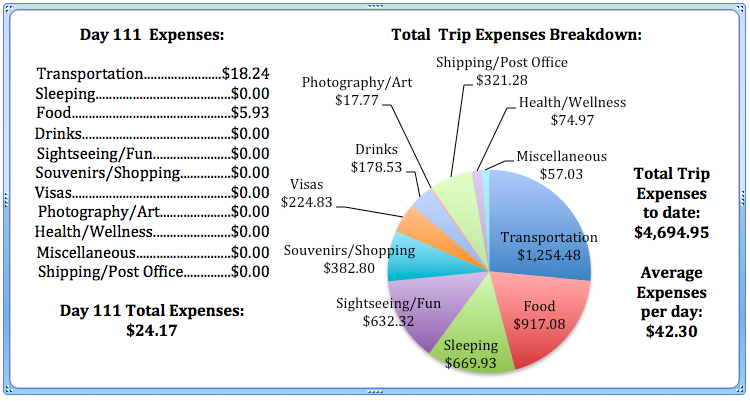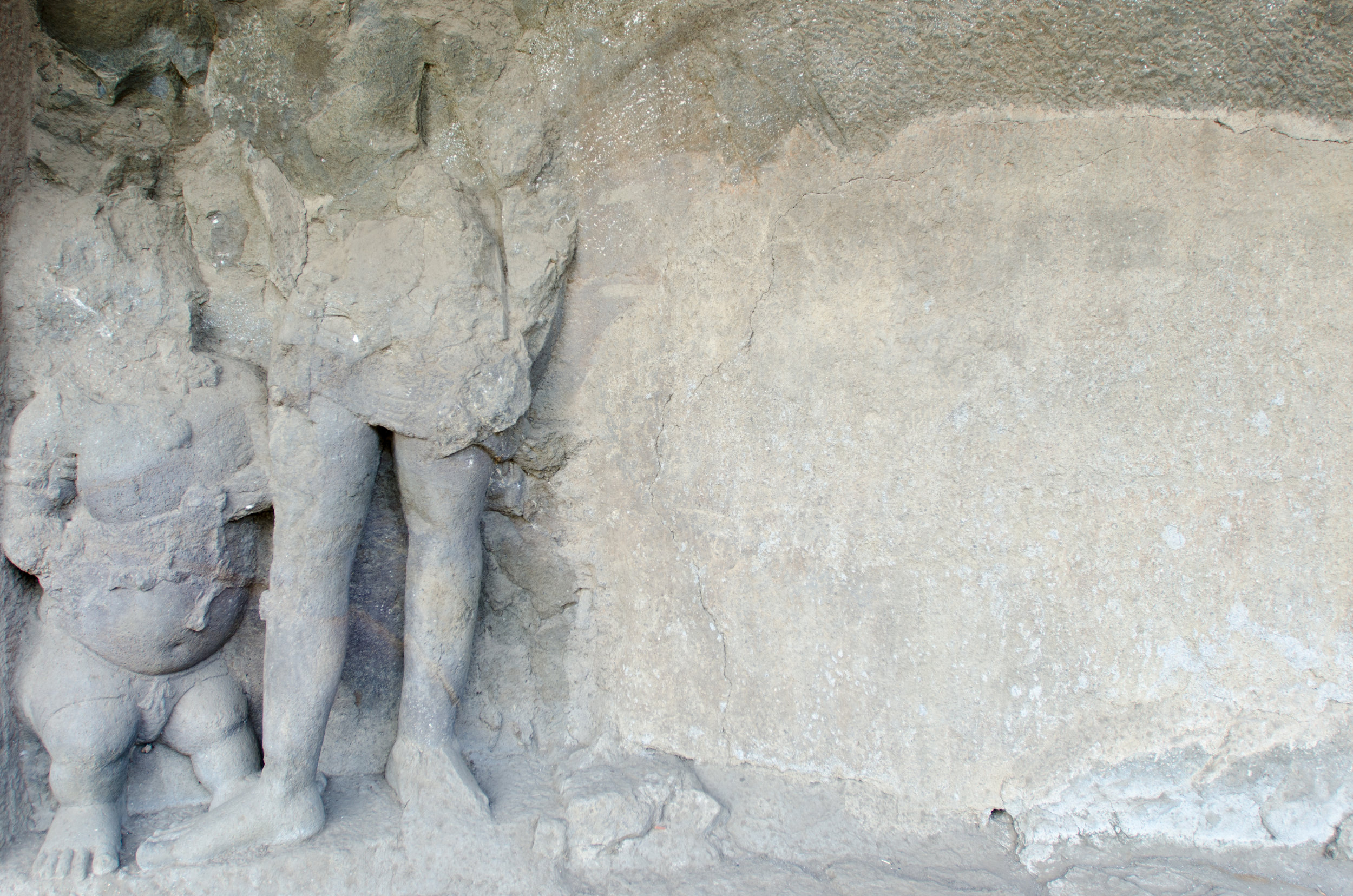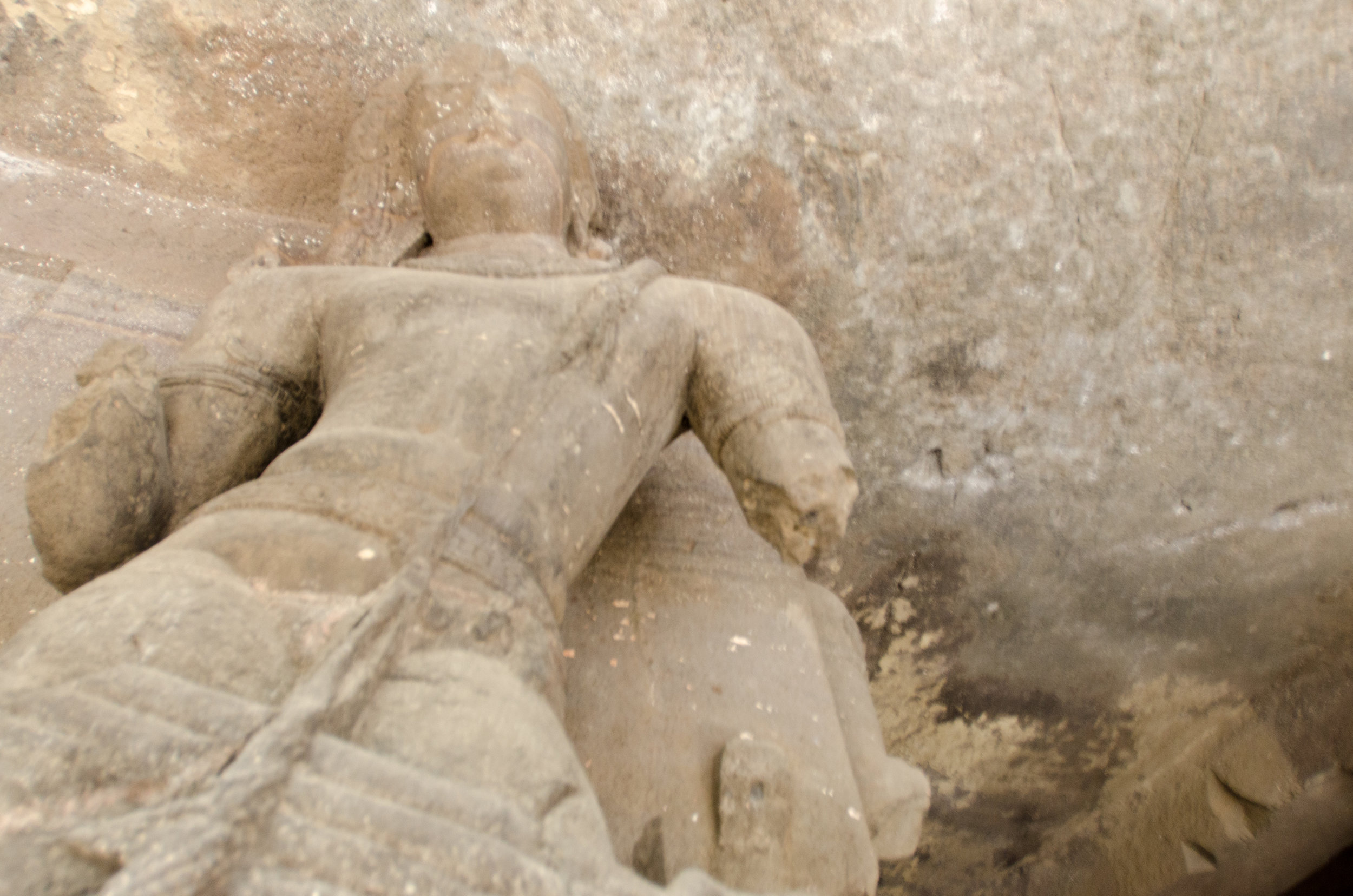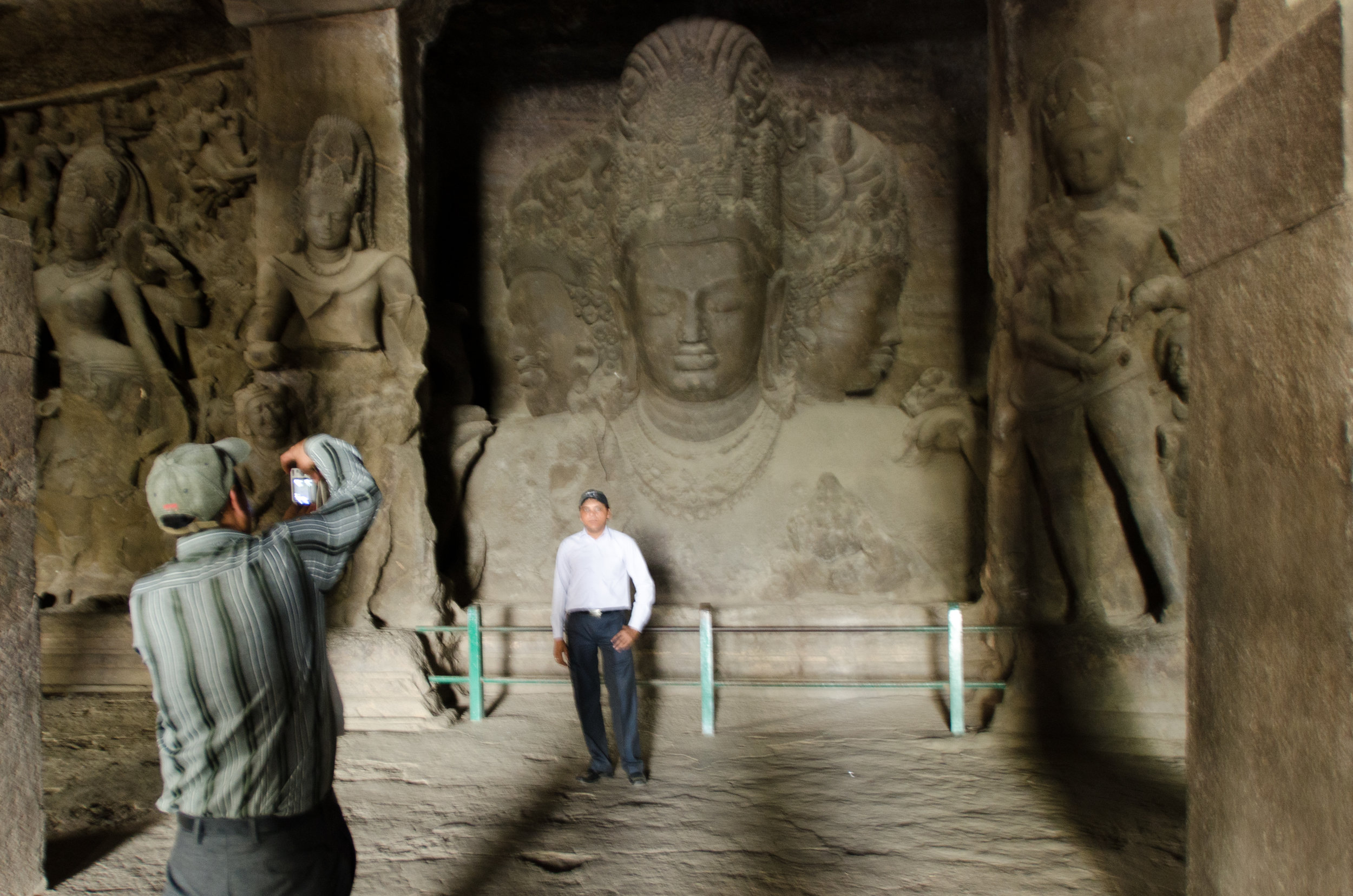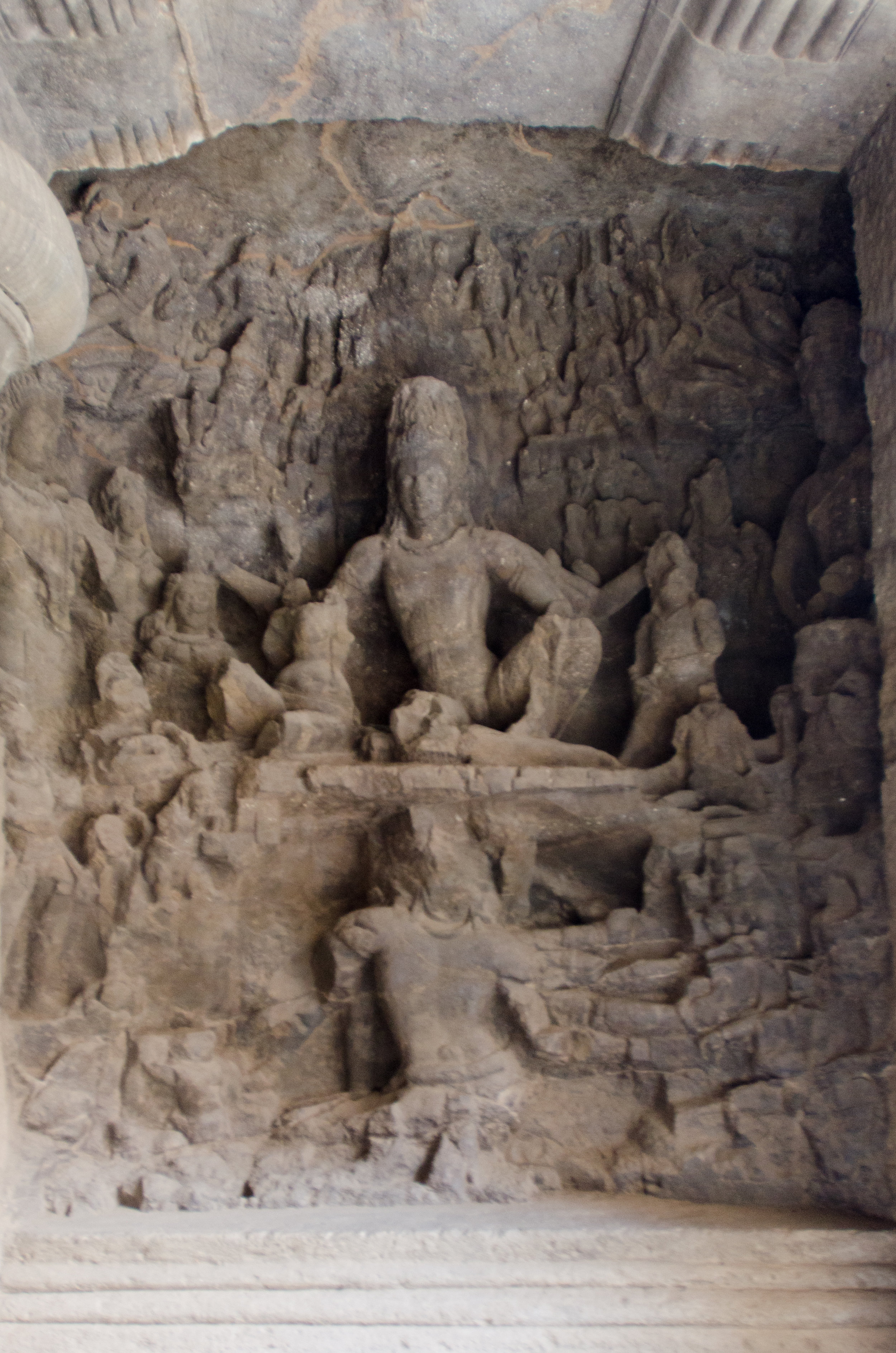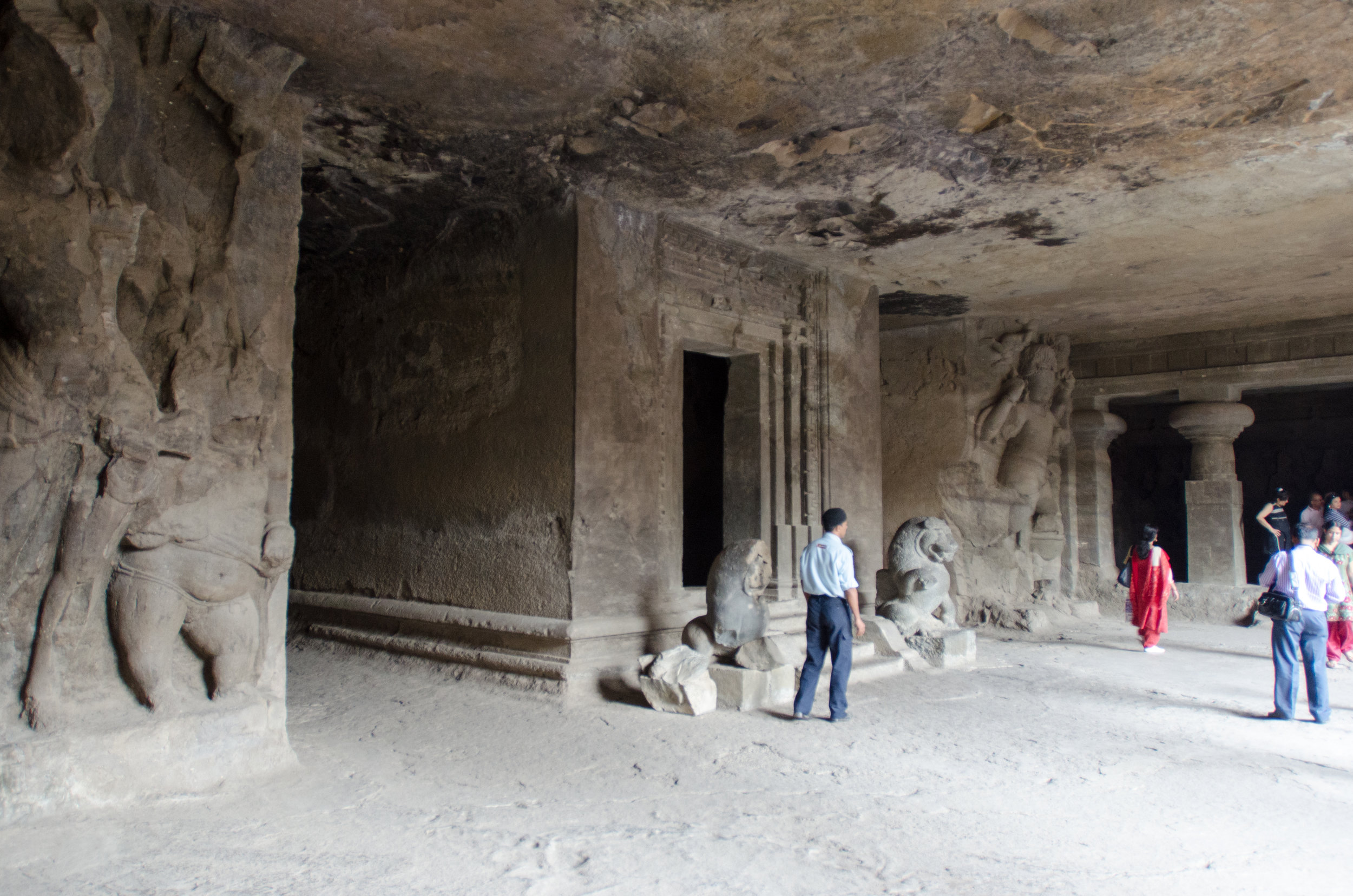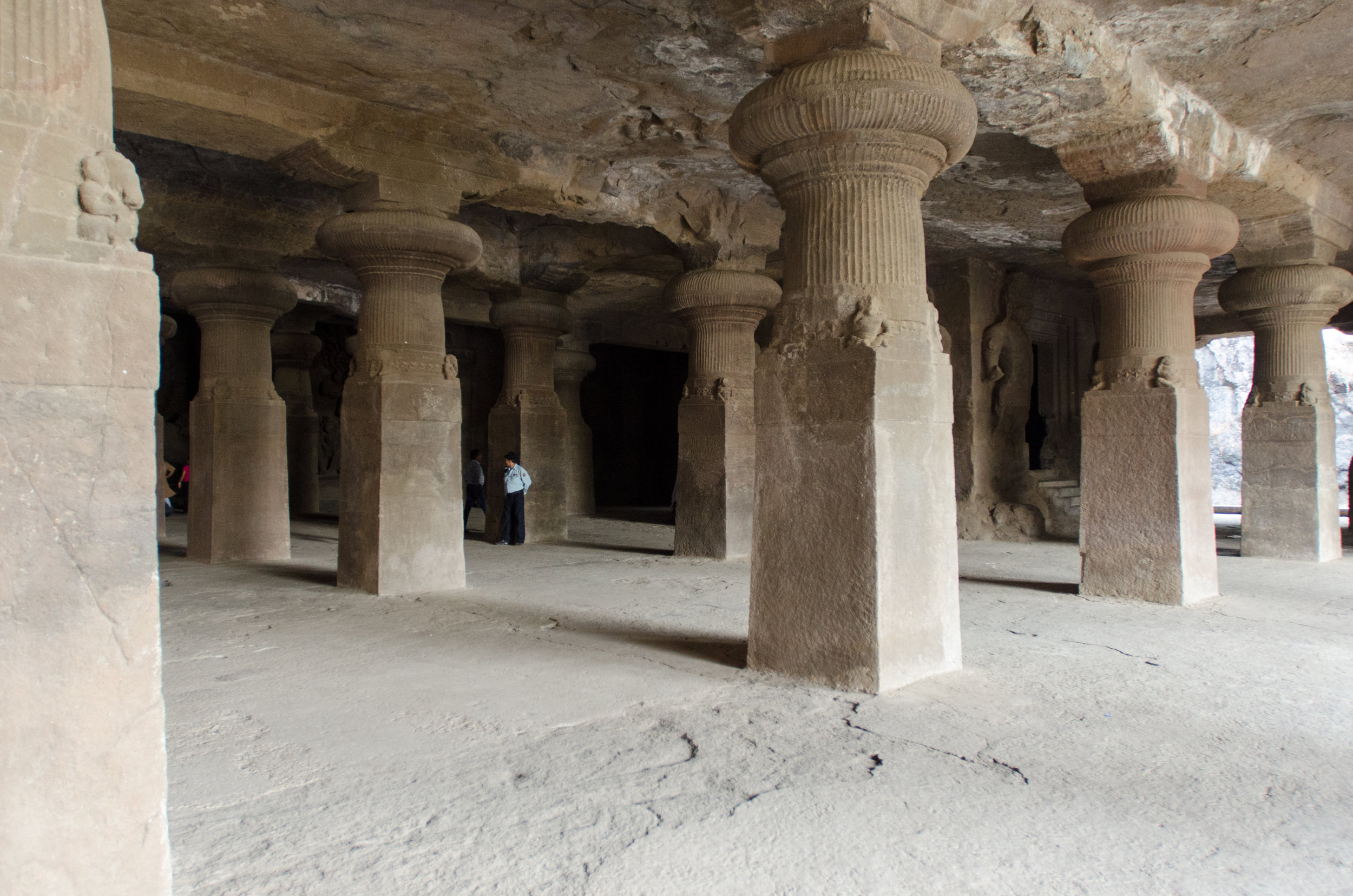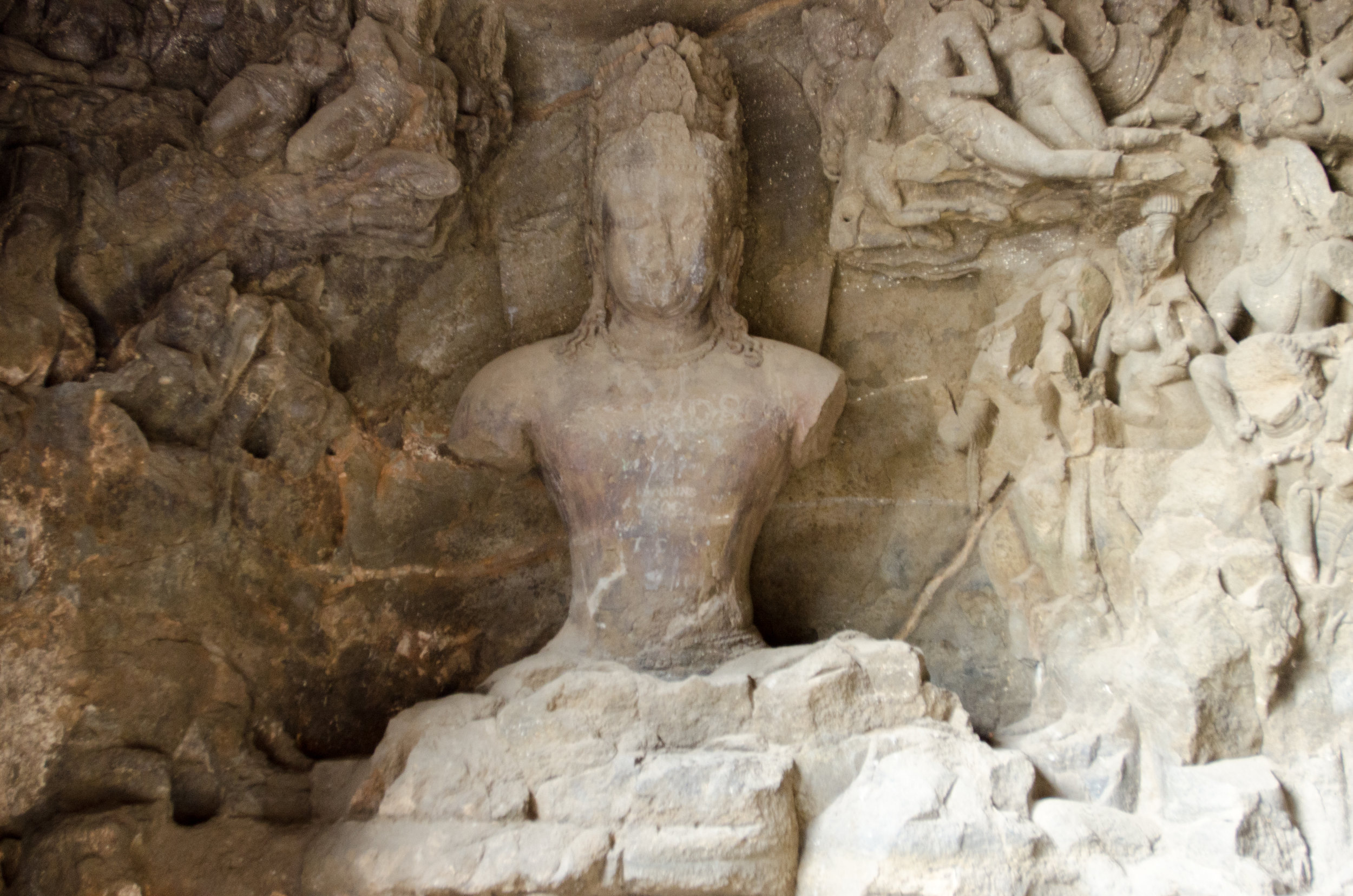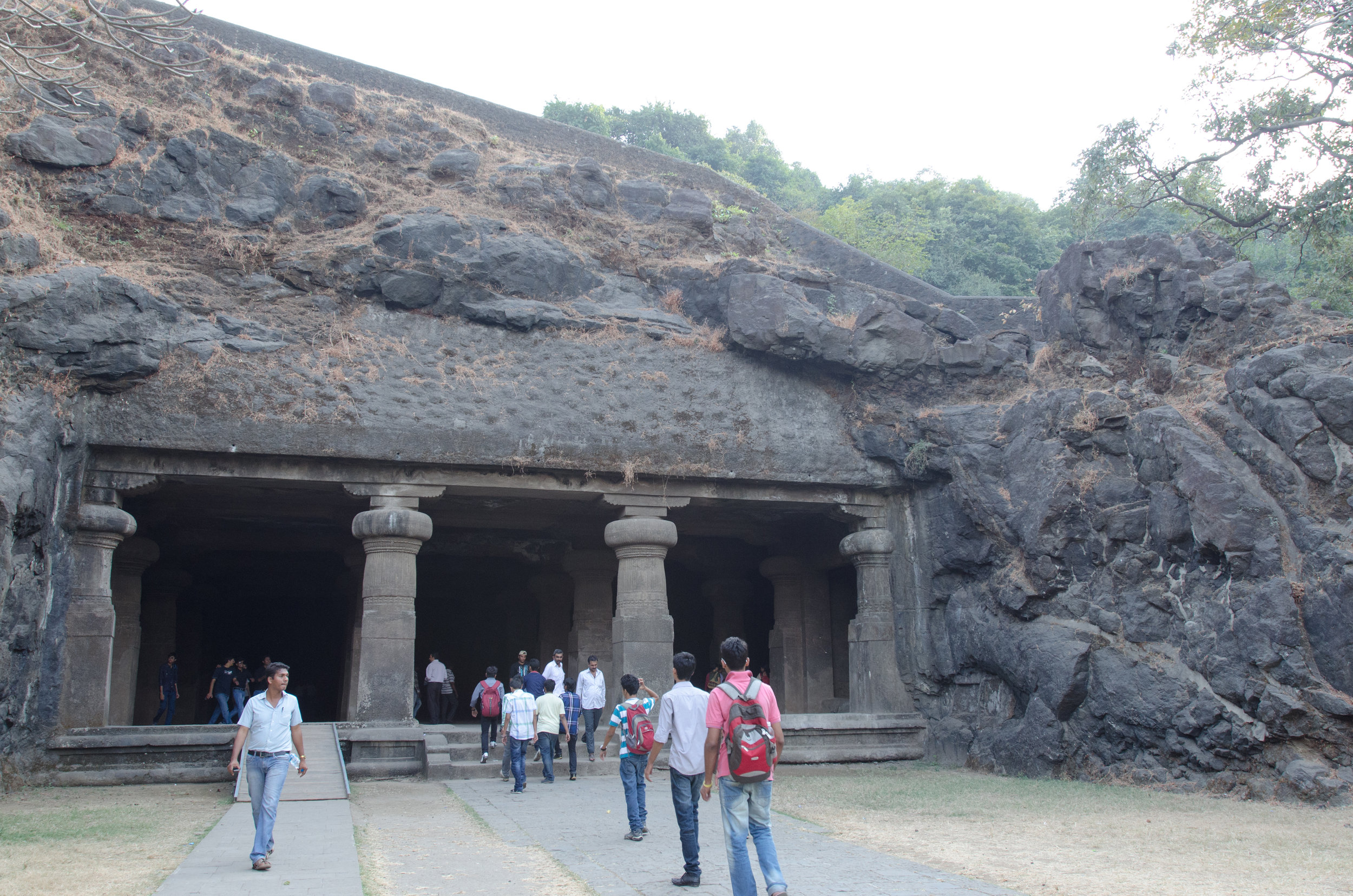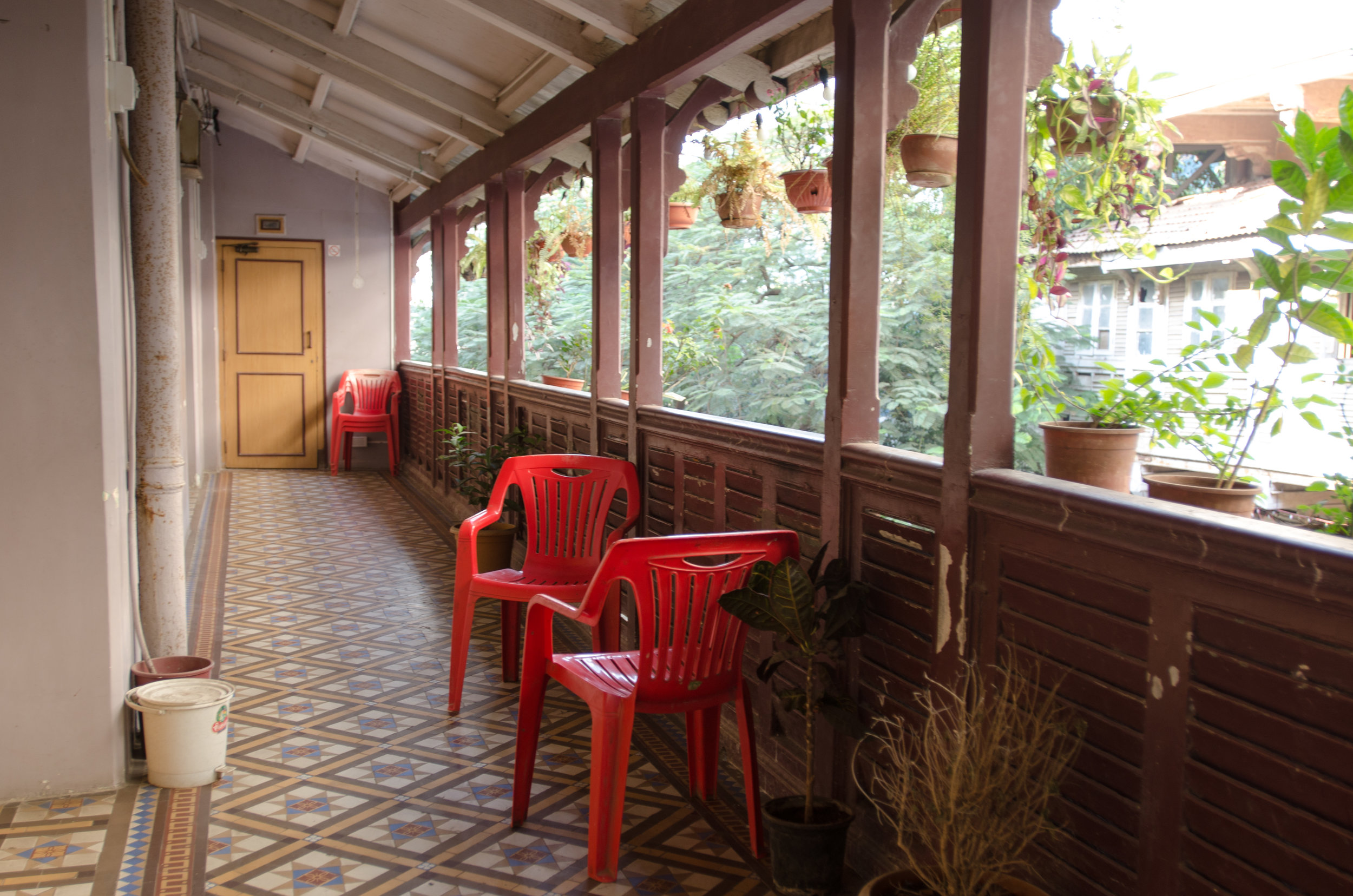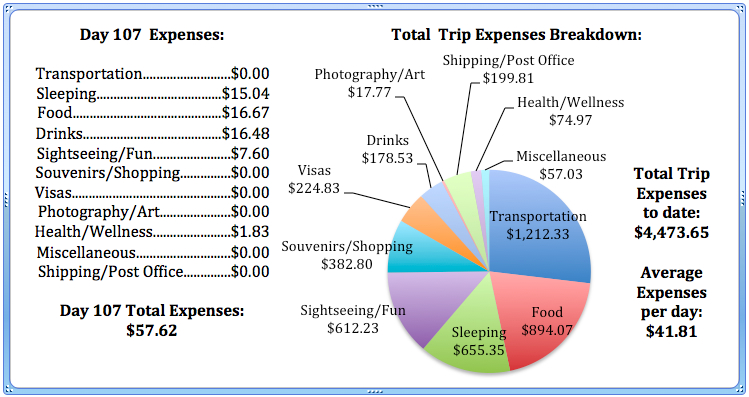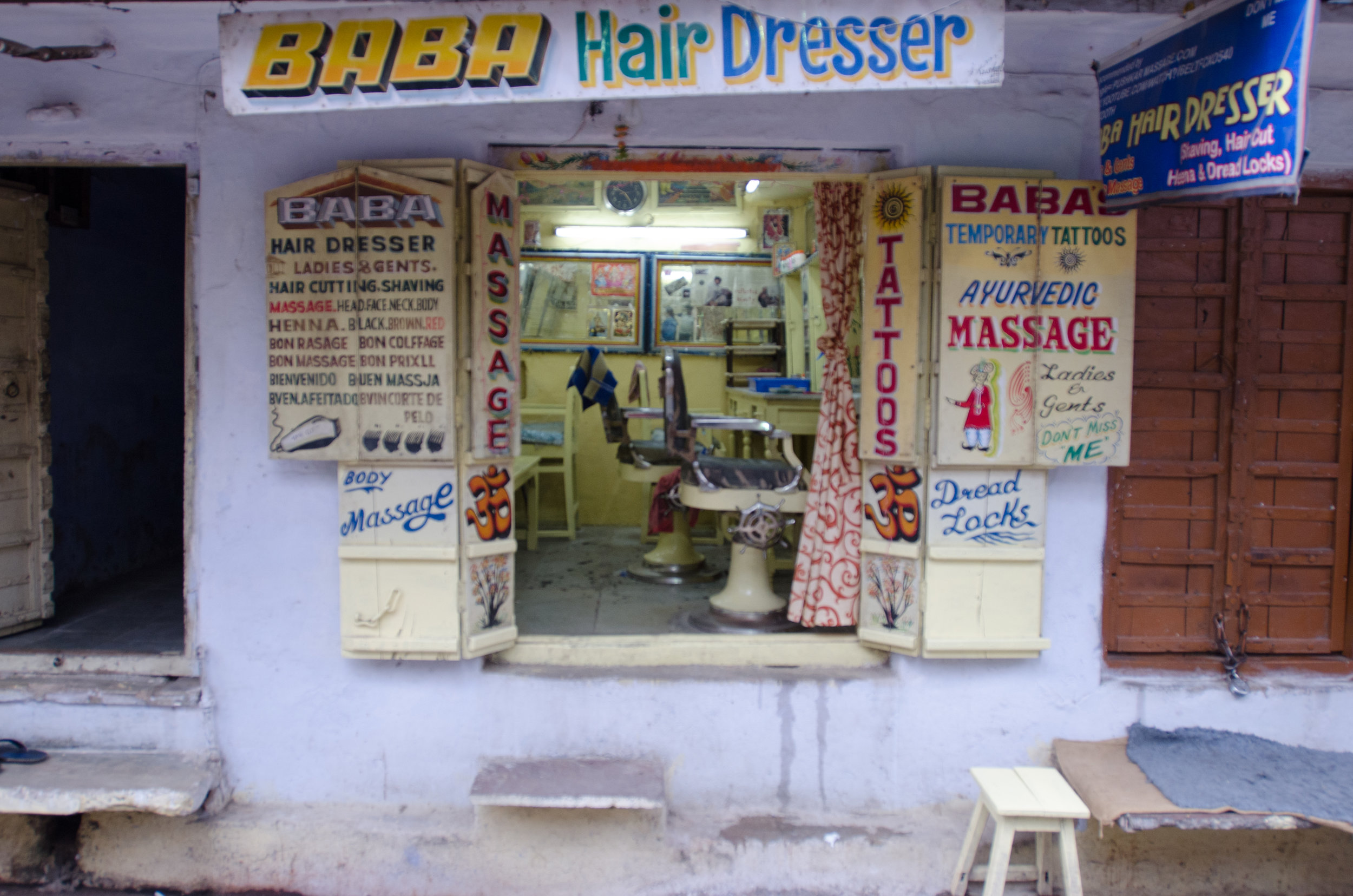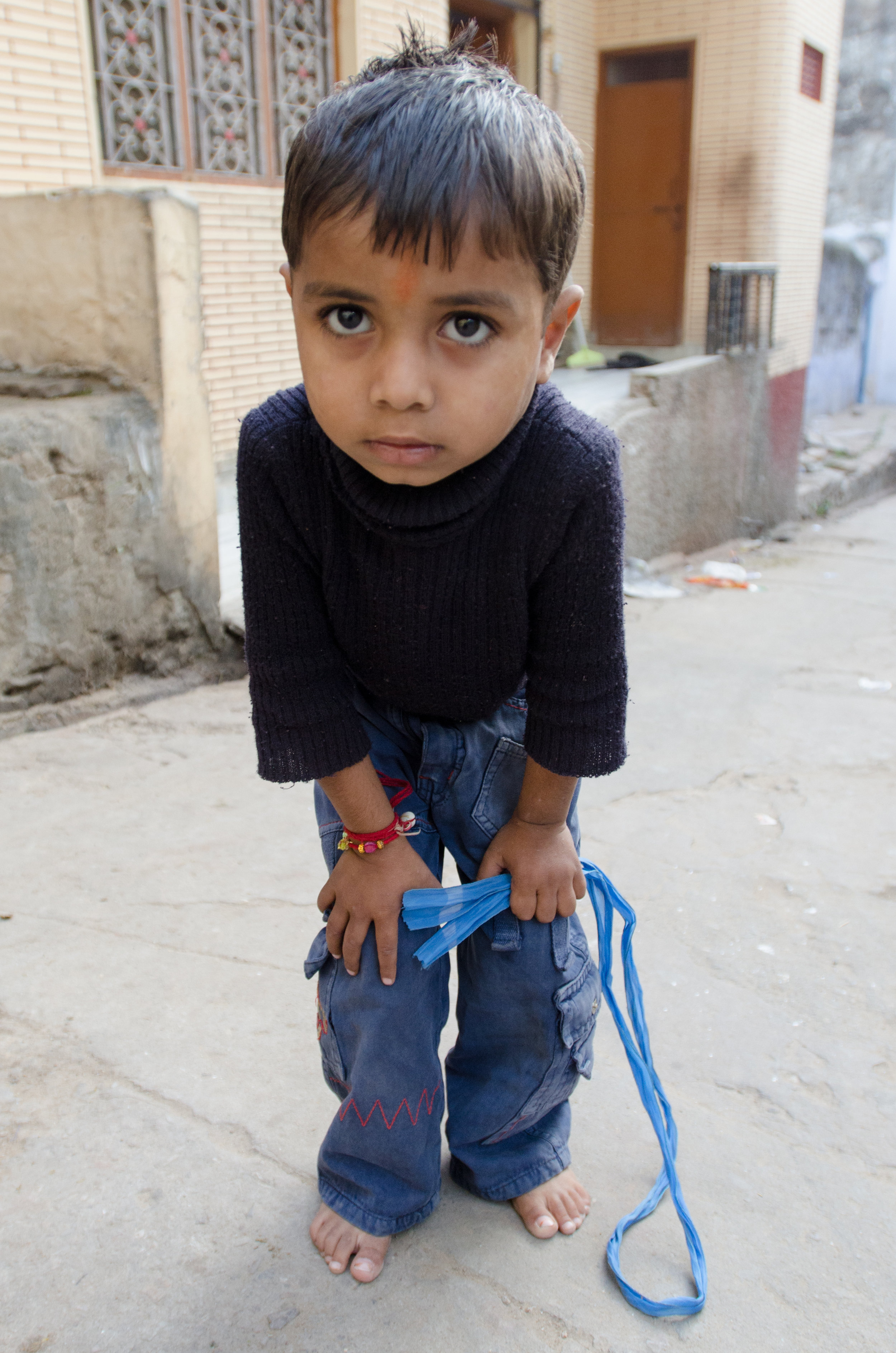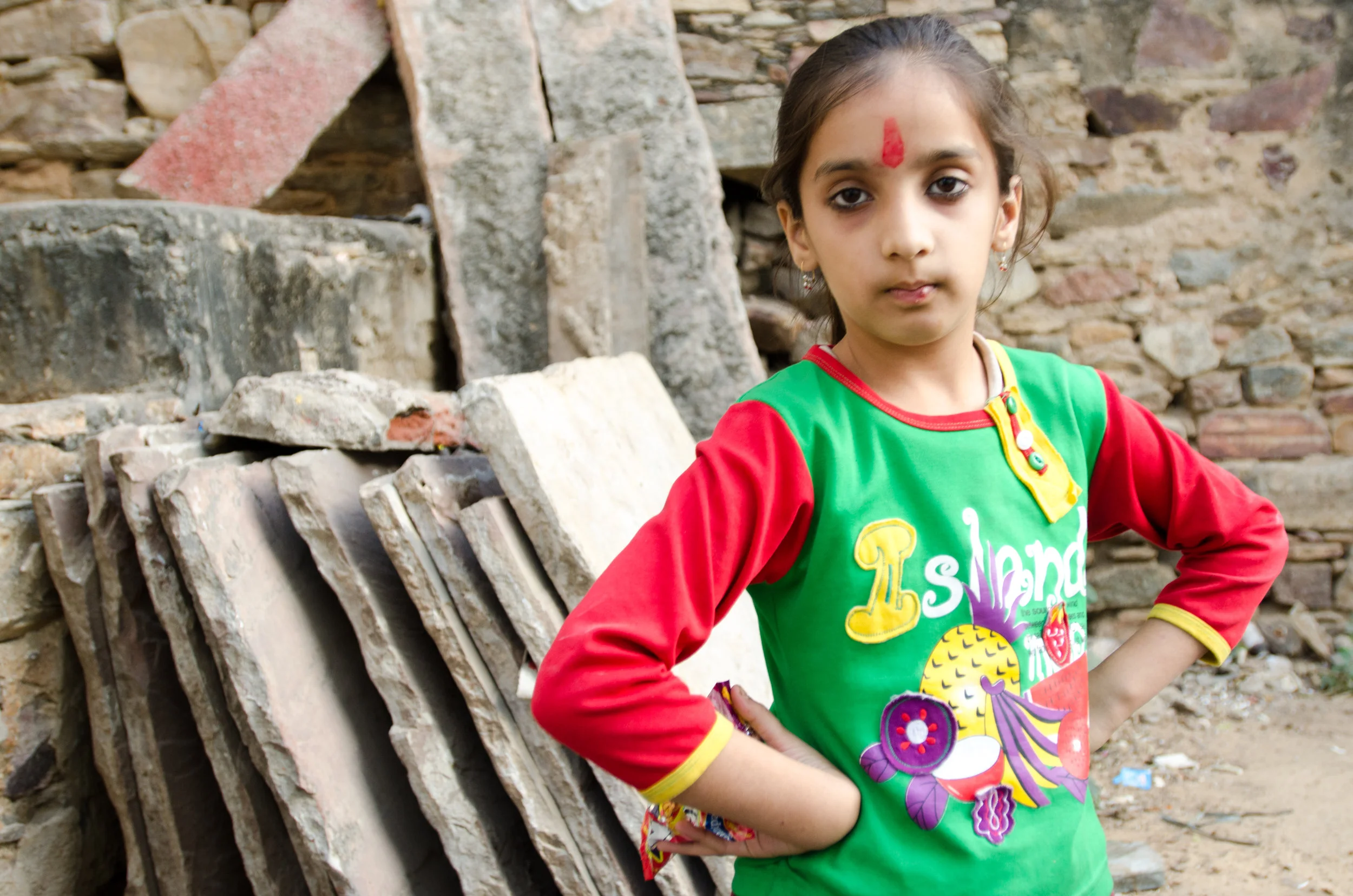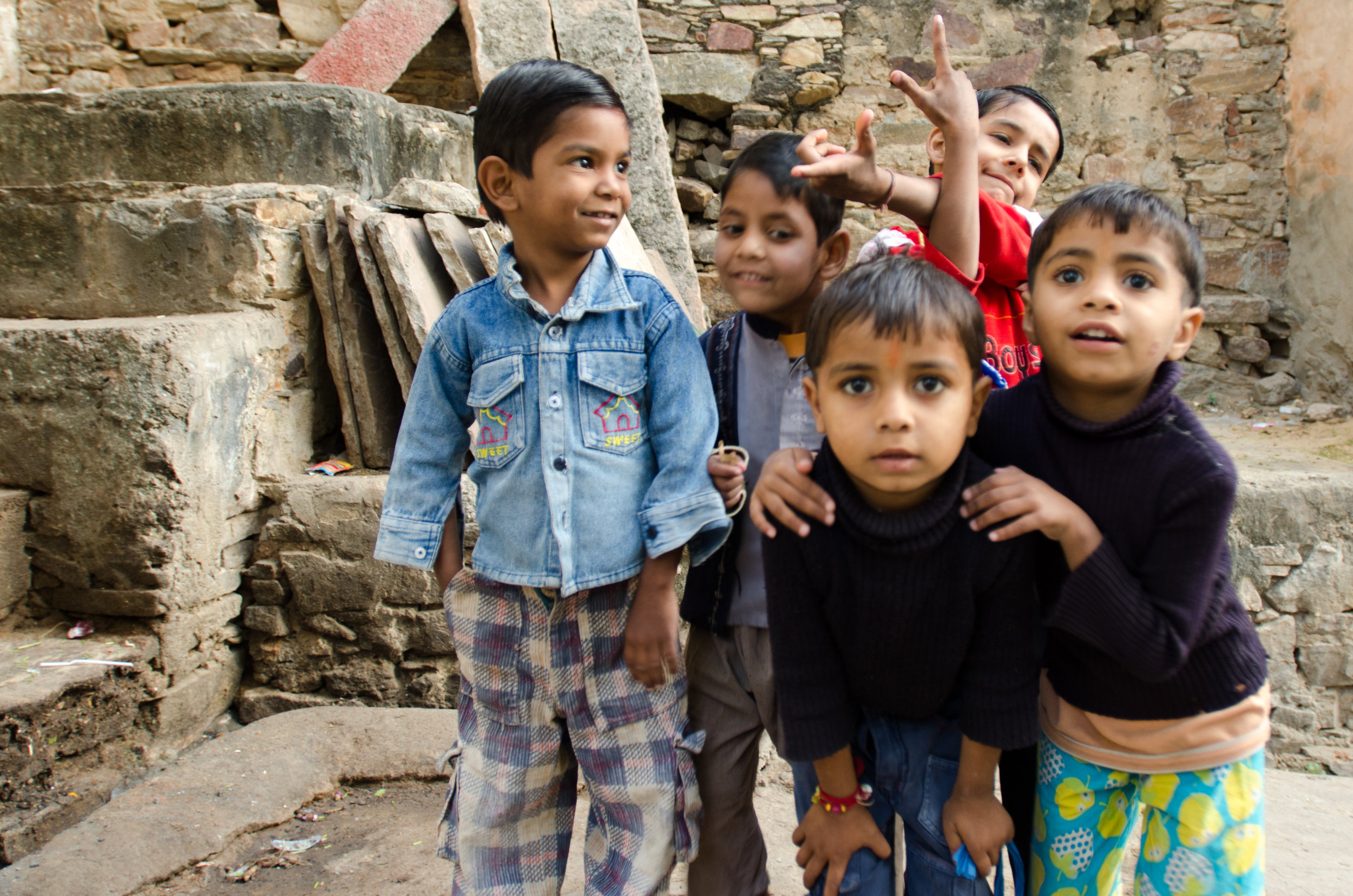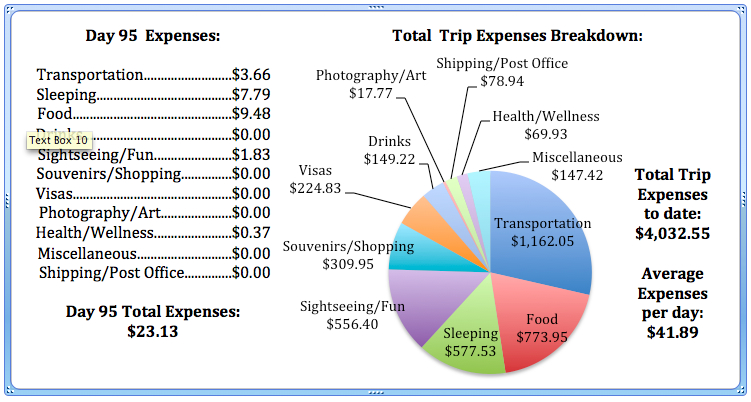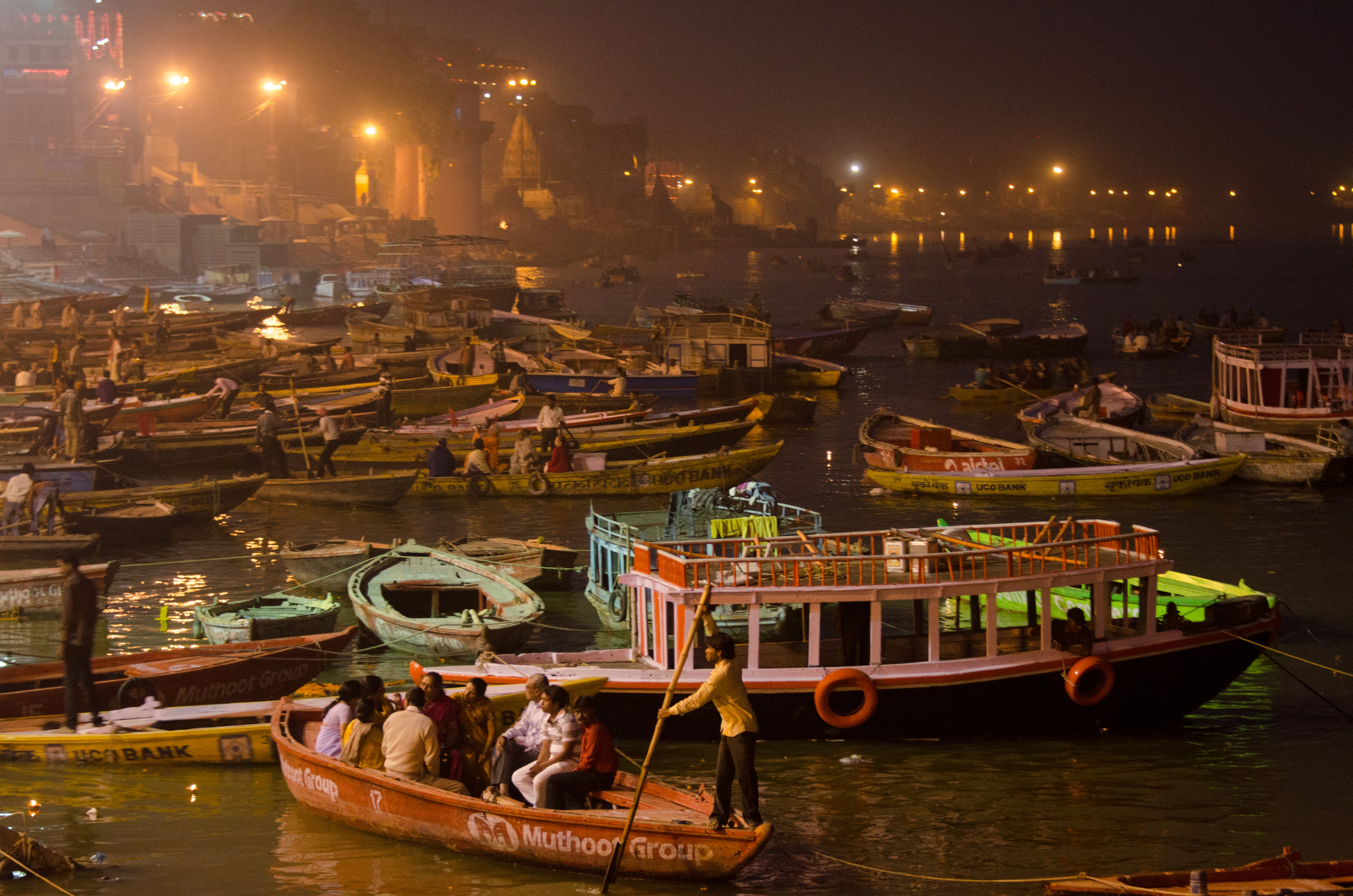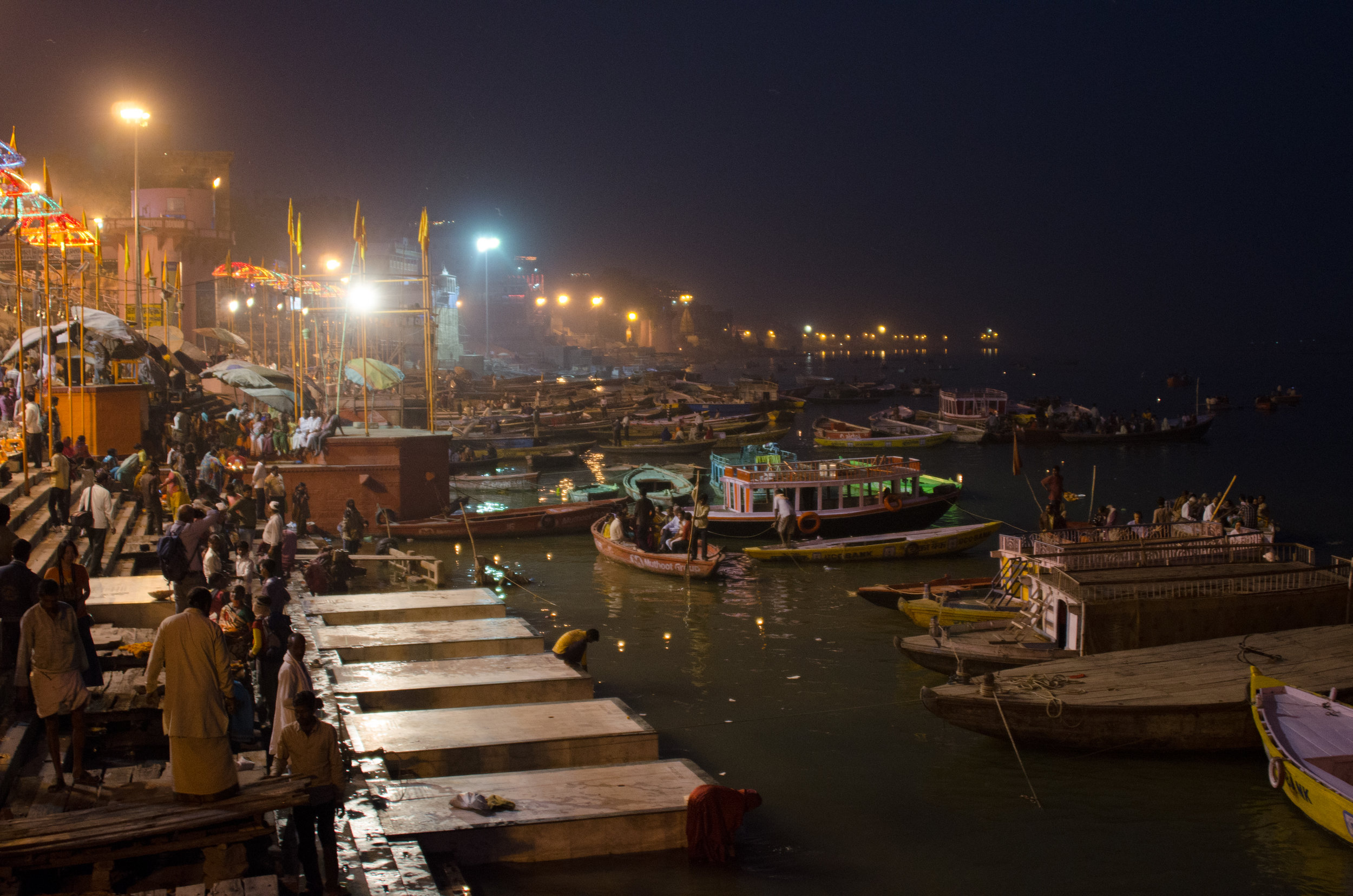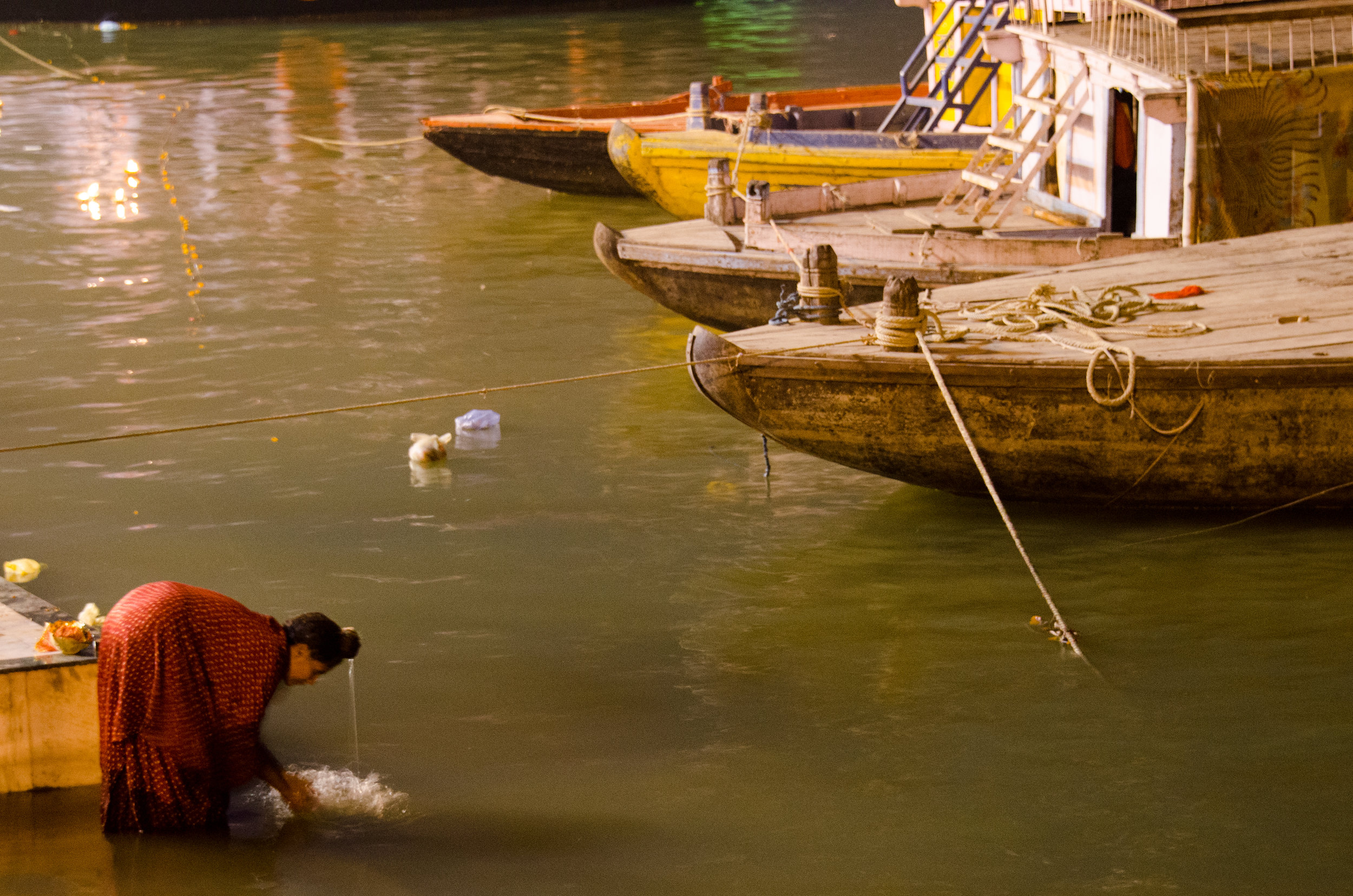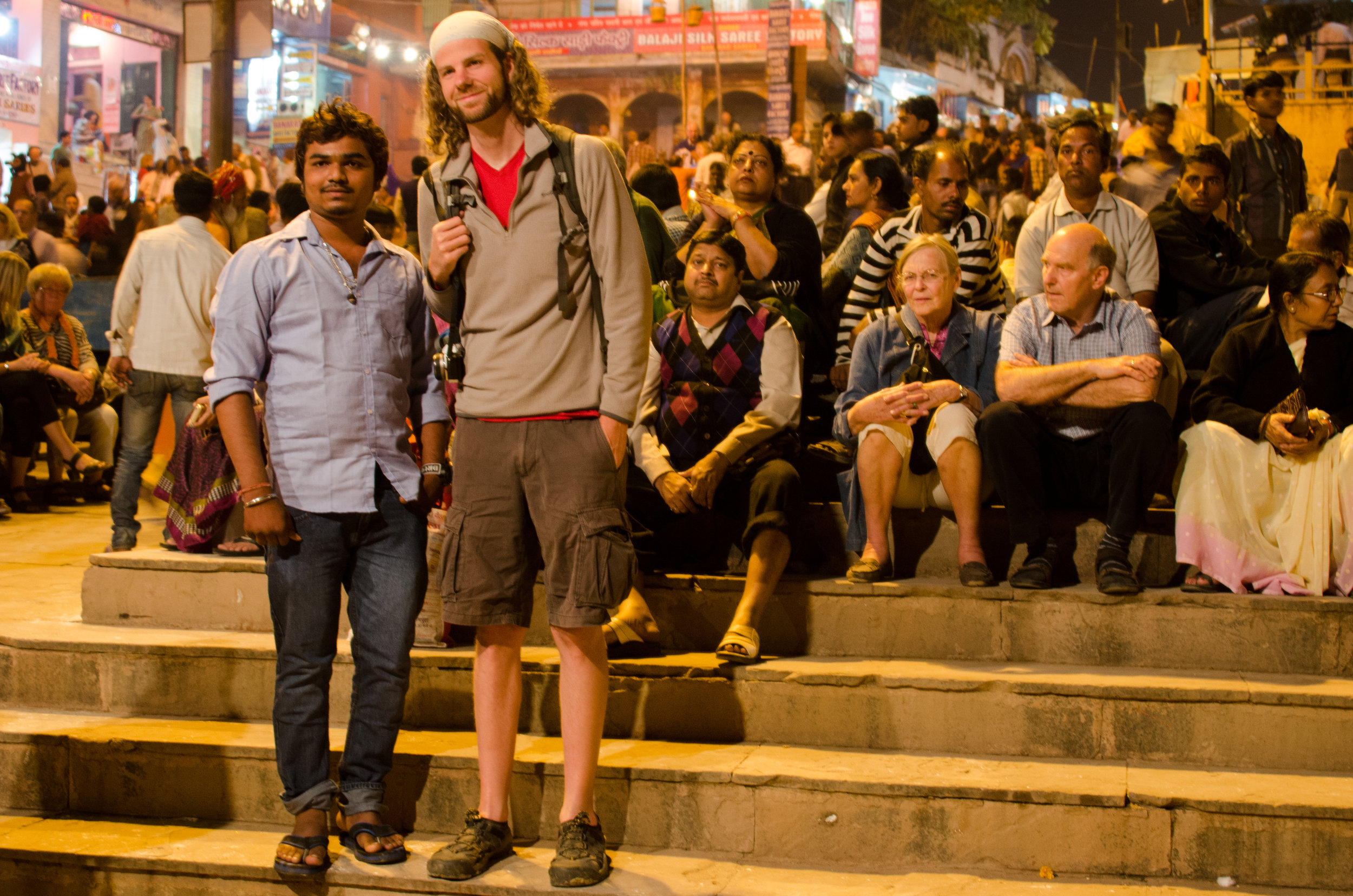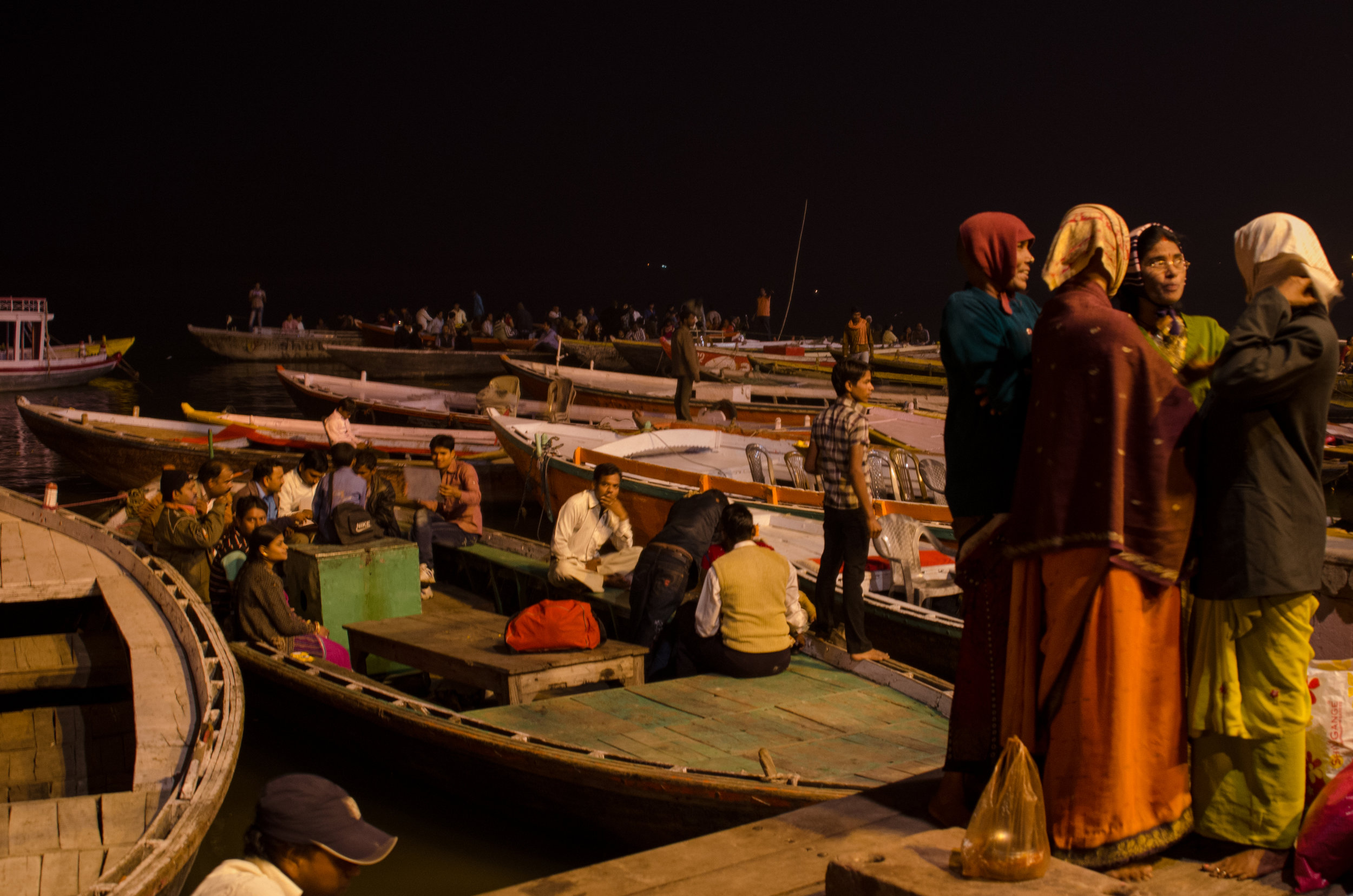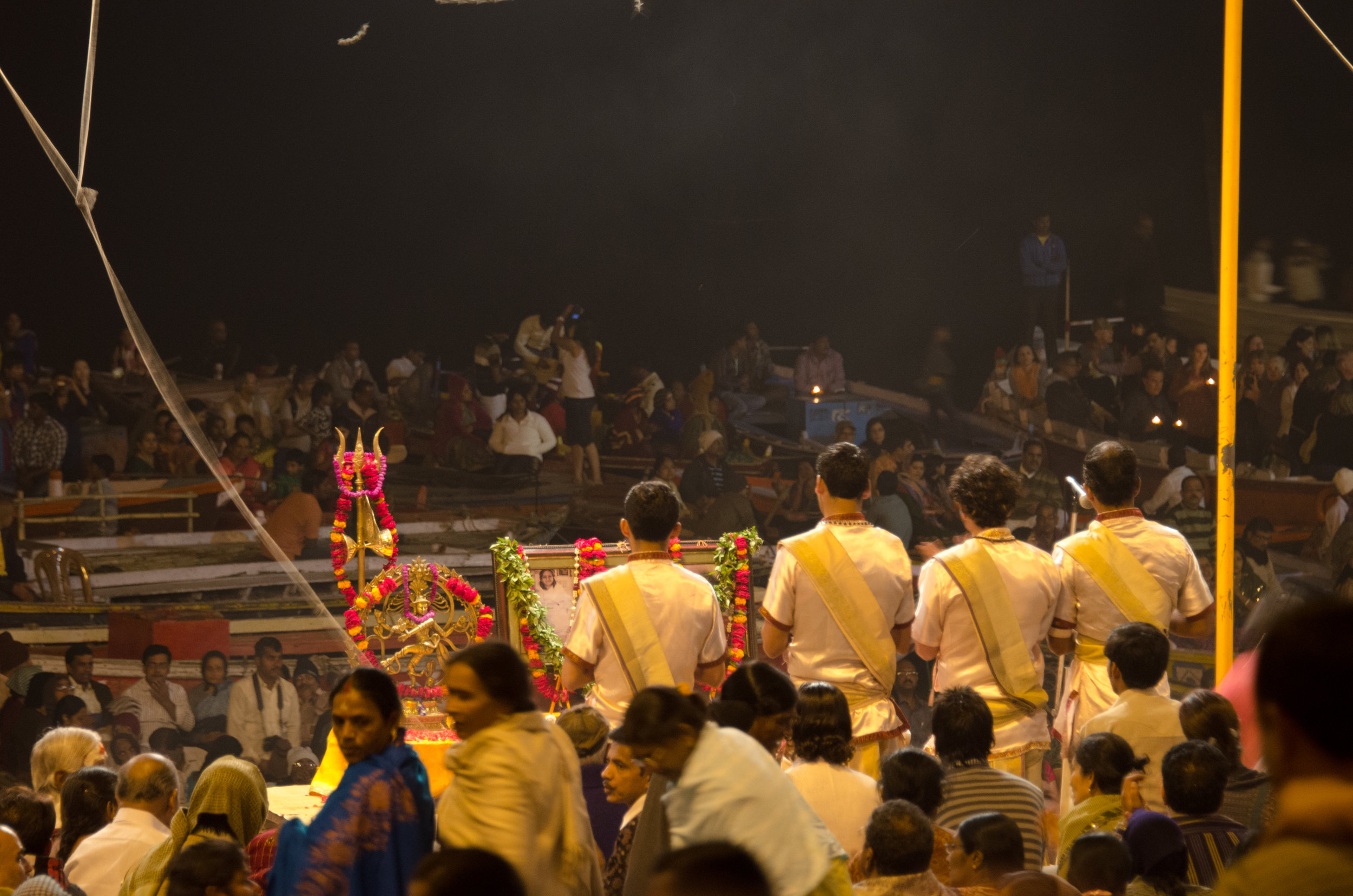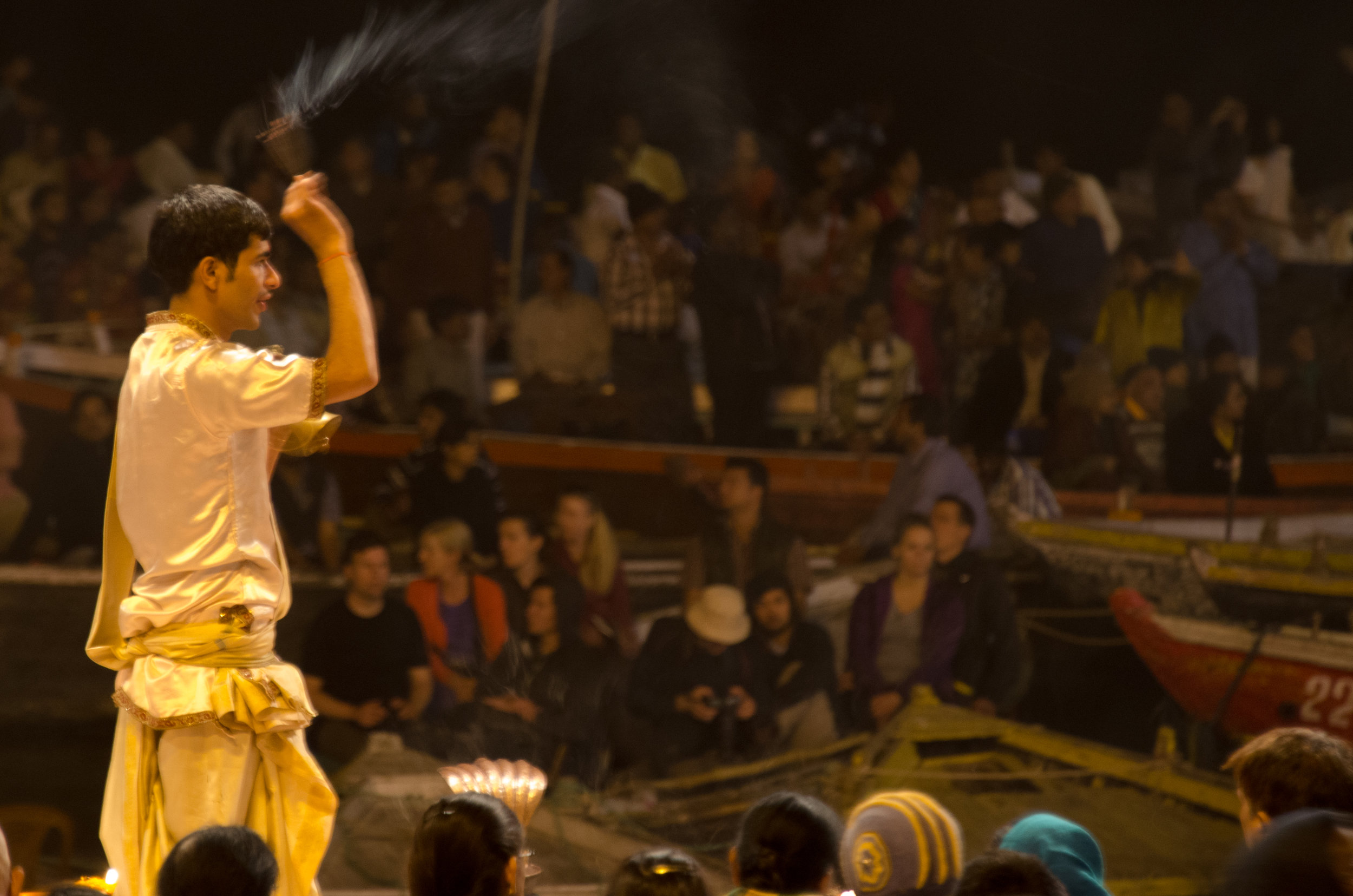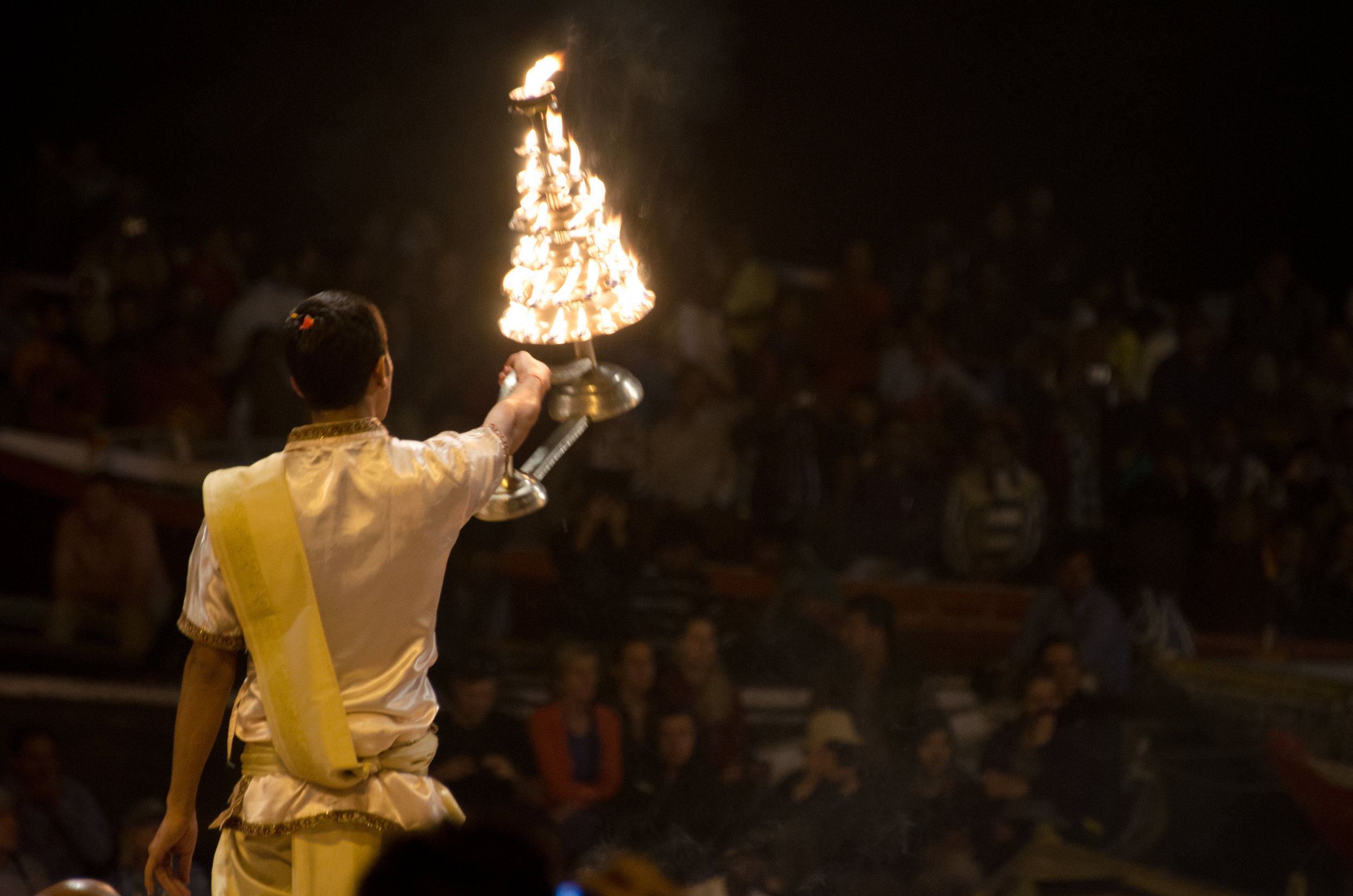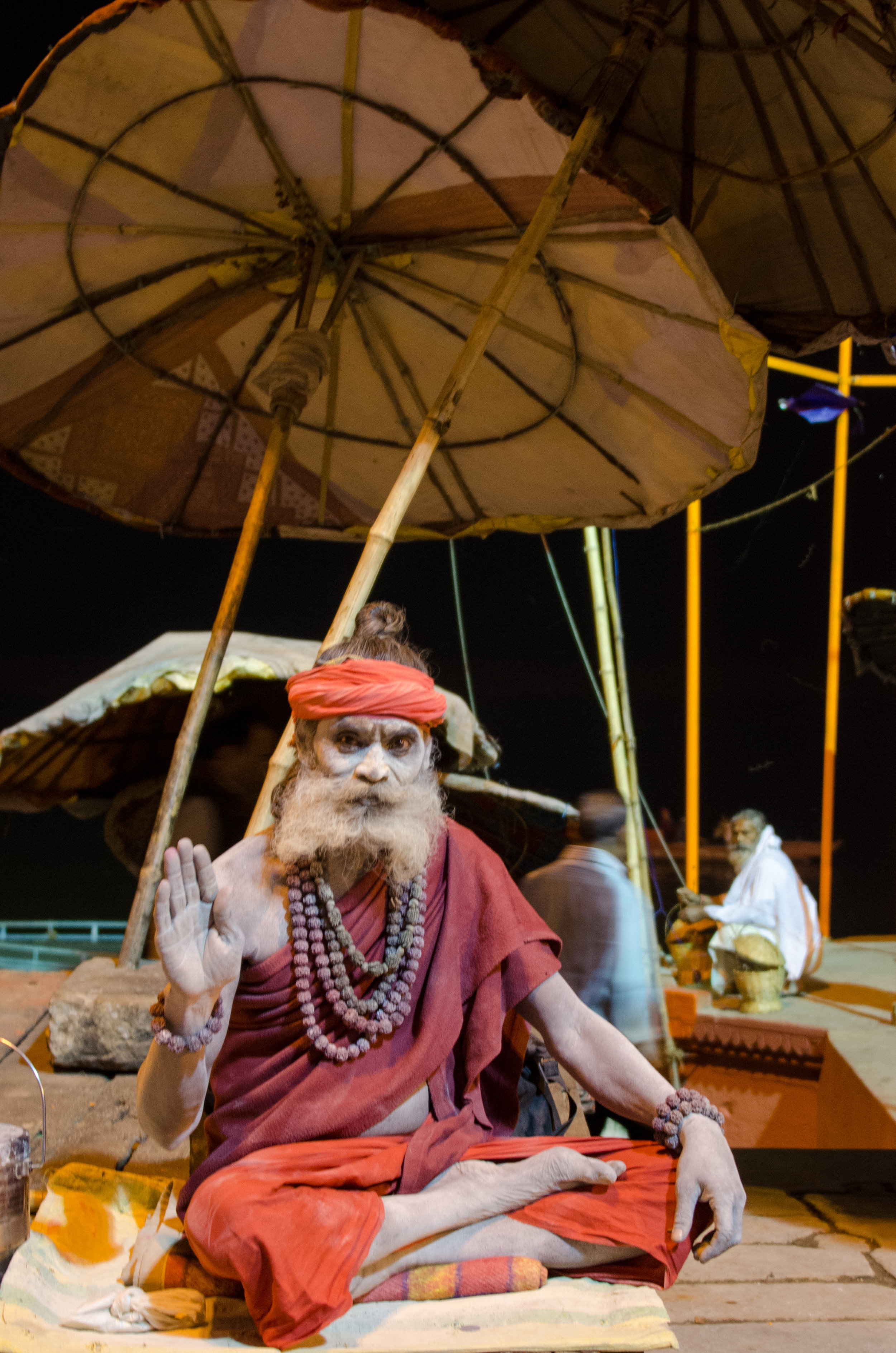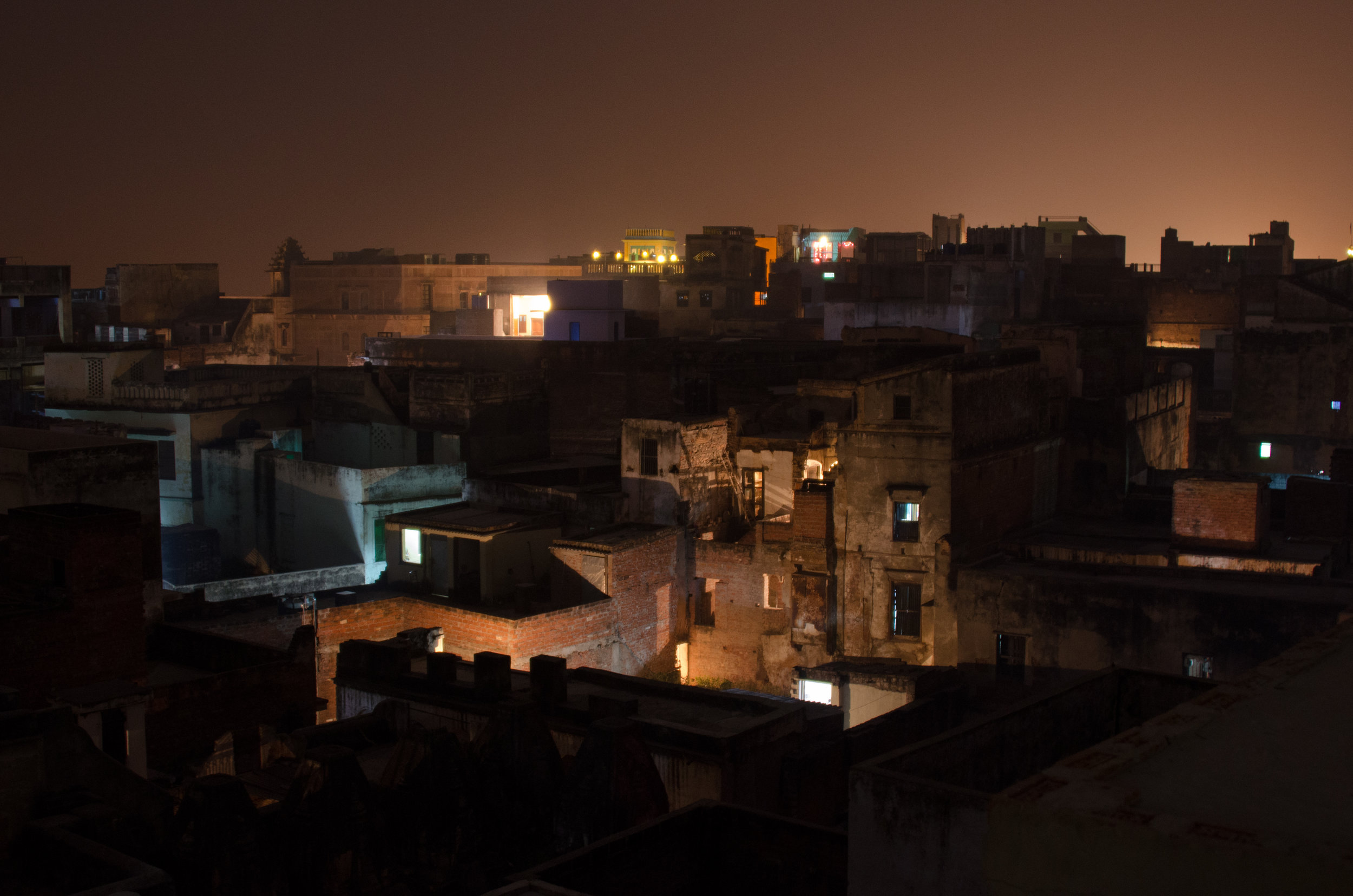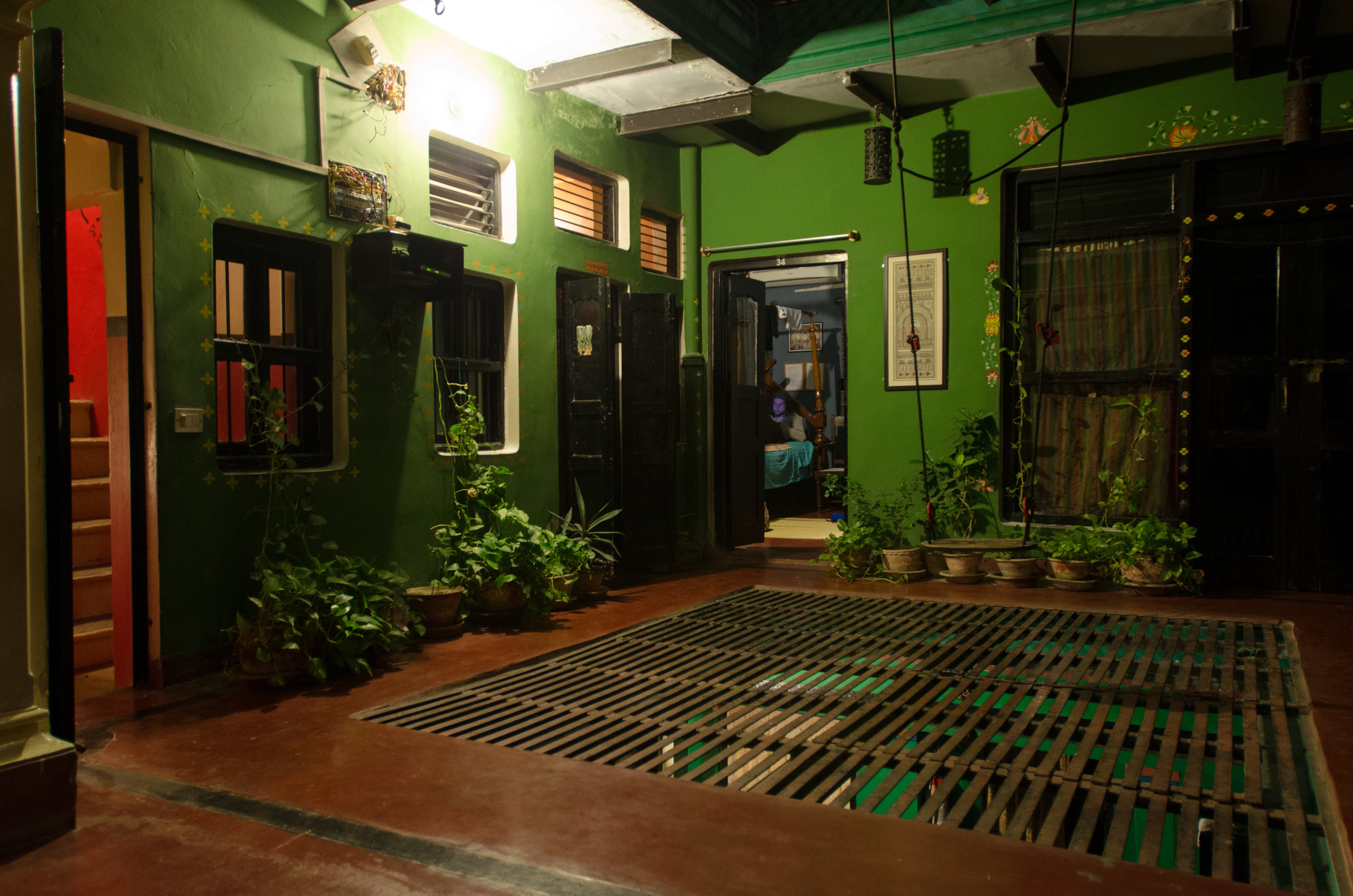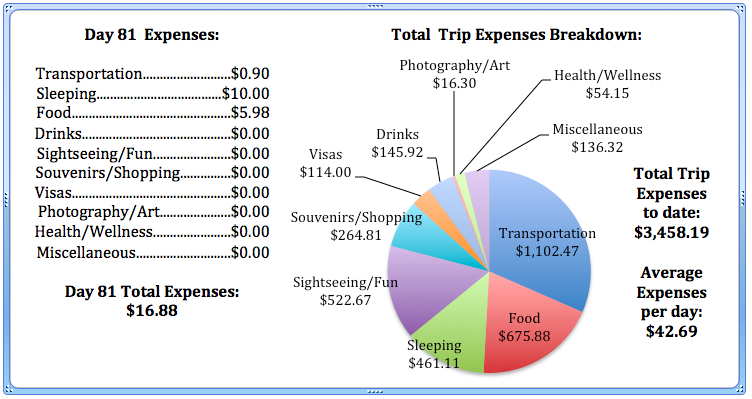Kadelekau Ganesha Temple was right at the top of a hill right outside of Hampi Bazaar. We saved it for our last morning in Hampi. We didn’t think ahead that the temples would be flooded with Indian tourists off of work and out of school over the weekend. We were immediately surrounded by curious children and we chatted and walked together from one Ganesh temple to the next, and then we weren’t at all surprised when they spotted us sitting in the shade inside the Krishna Temple. One of the girls said she was going to show her father the picture of her with us when she got home. (Adorable!) Again, I cannot stress how much I love LOVE India when I’m not trying to get from point A to point B, get a room for the night, buy a blanket… (anything involving money, really…) These girls and these interactions are why people and me included say I LOVE India!
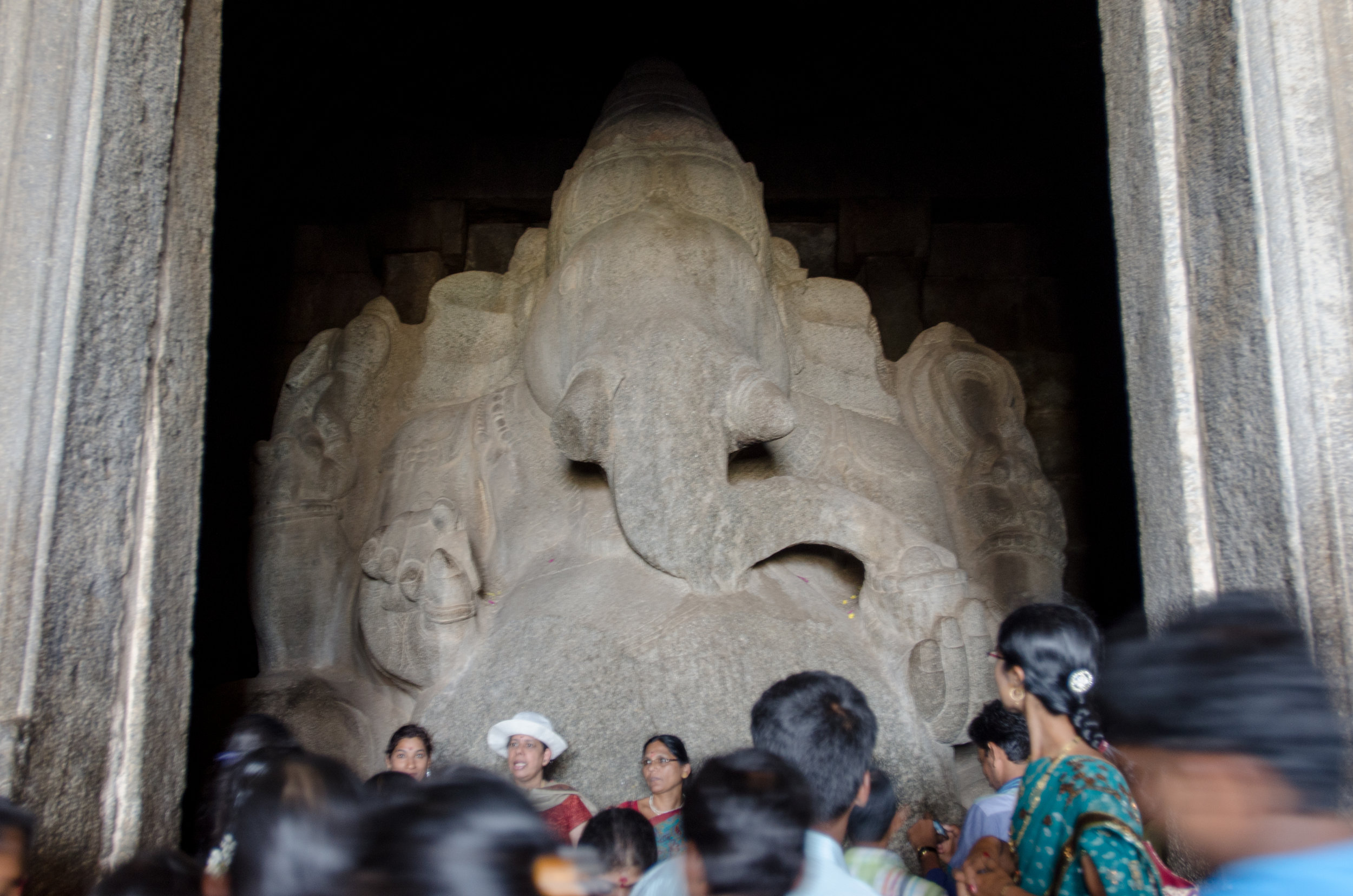
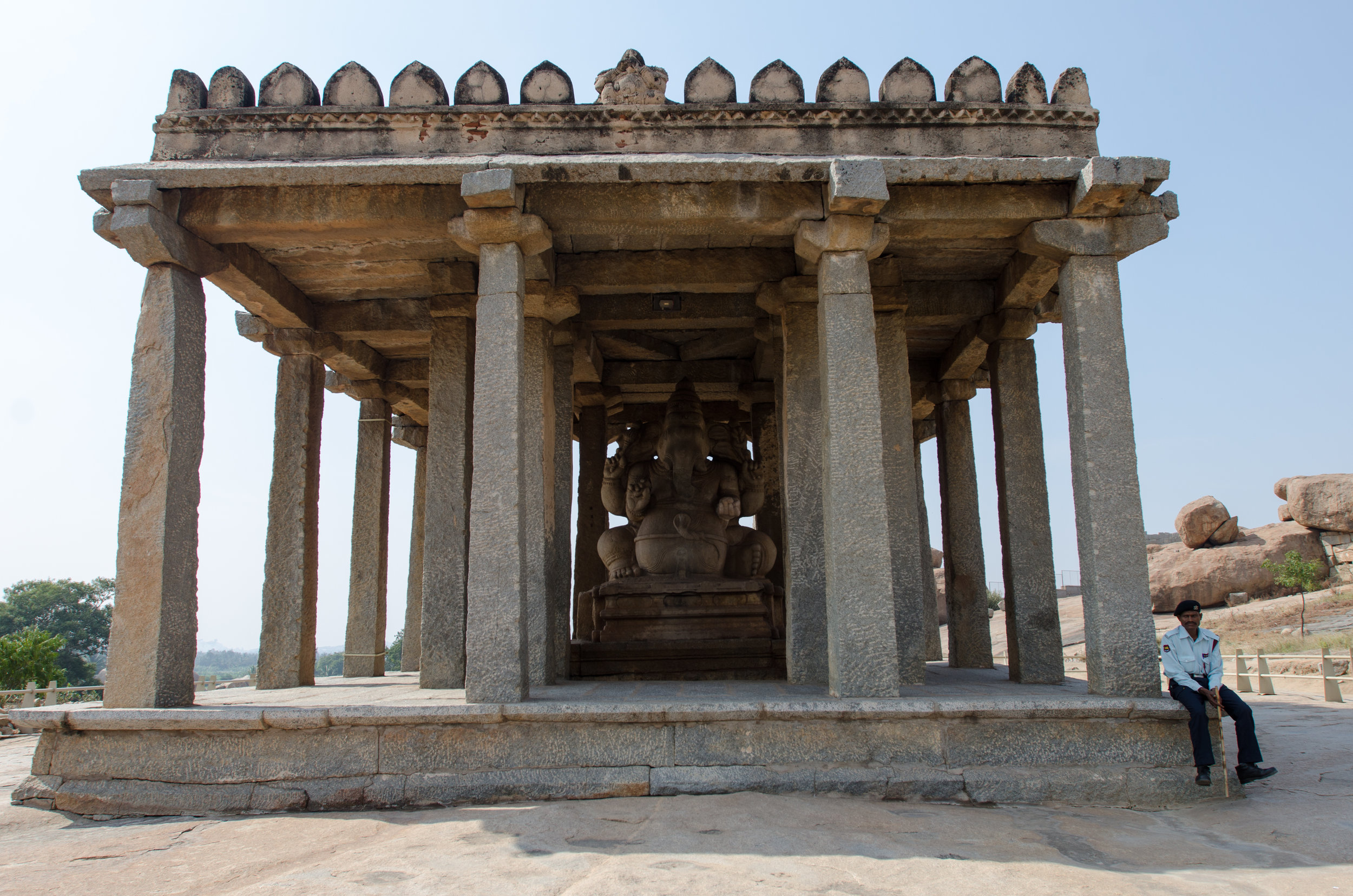
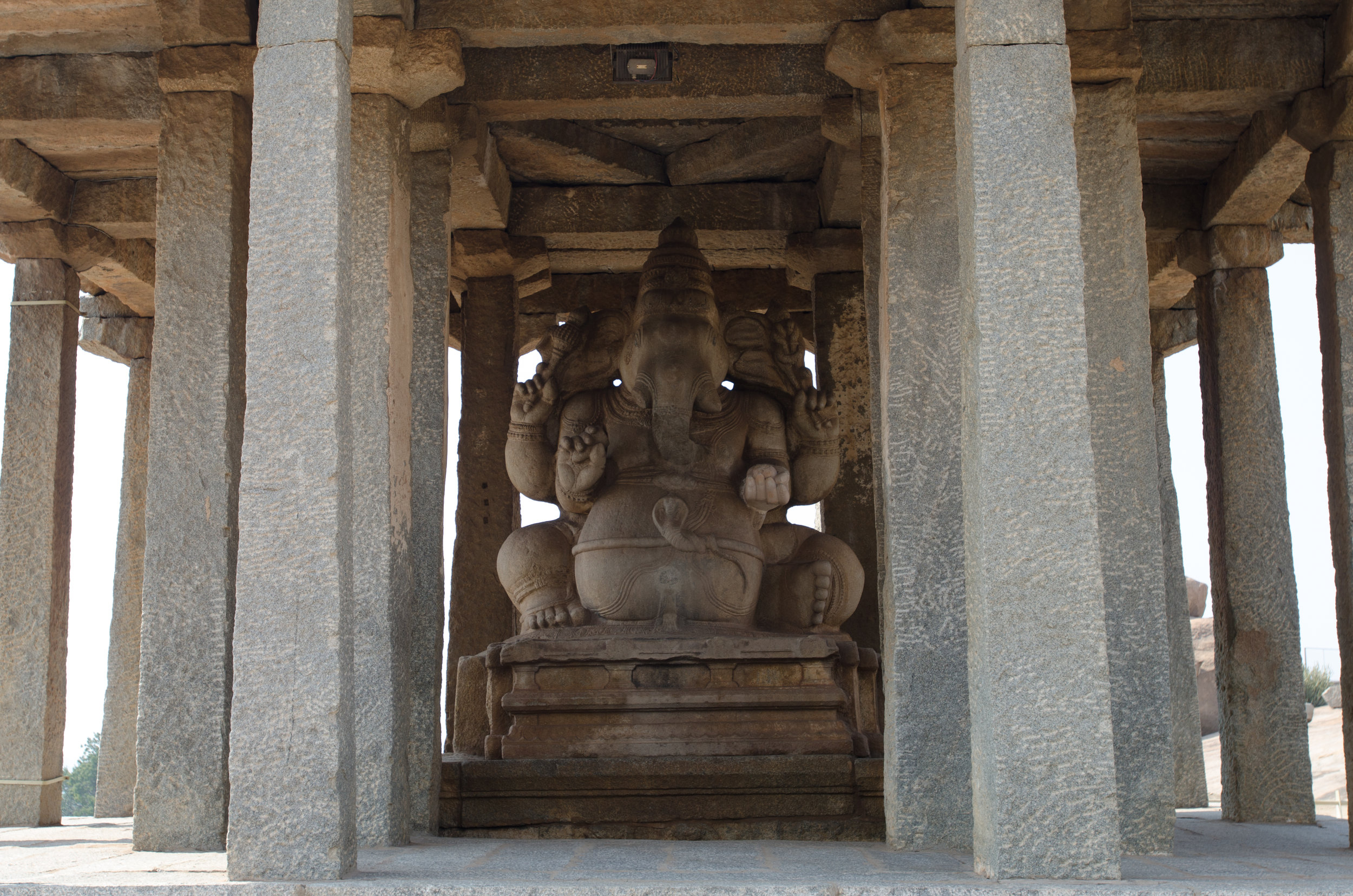
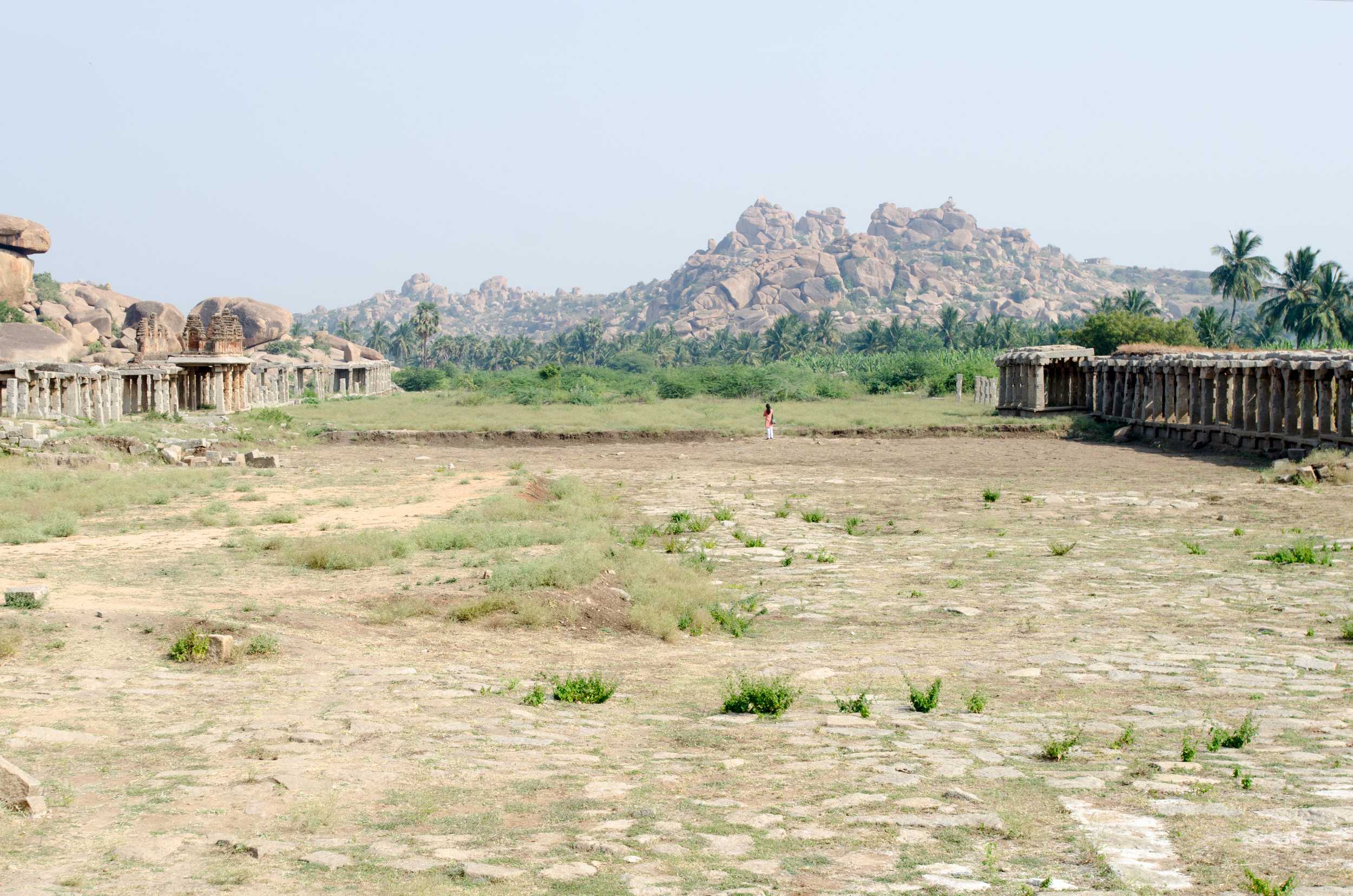
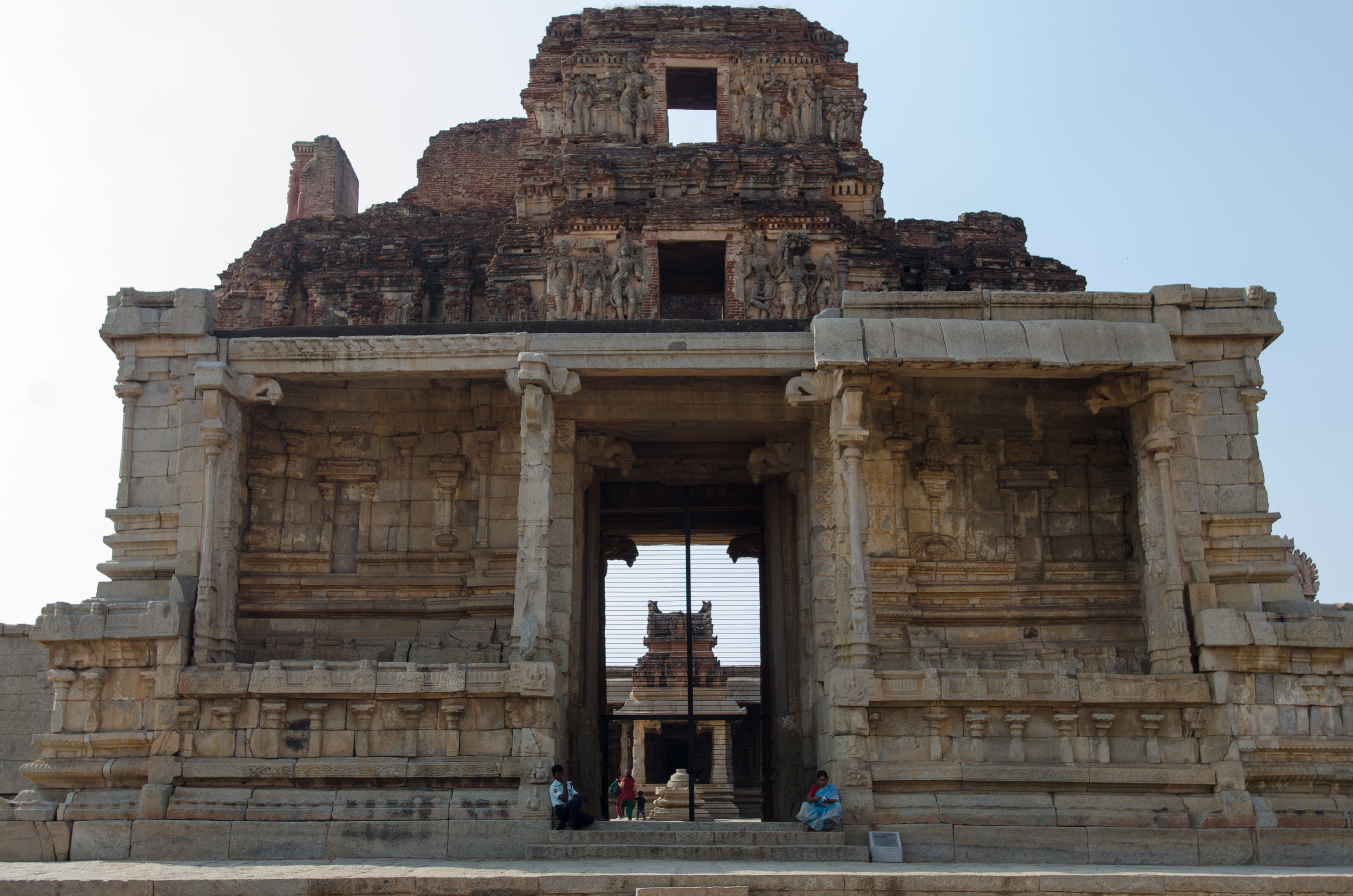
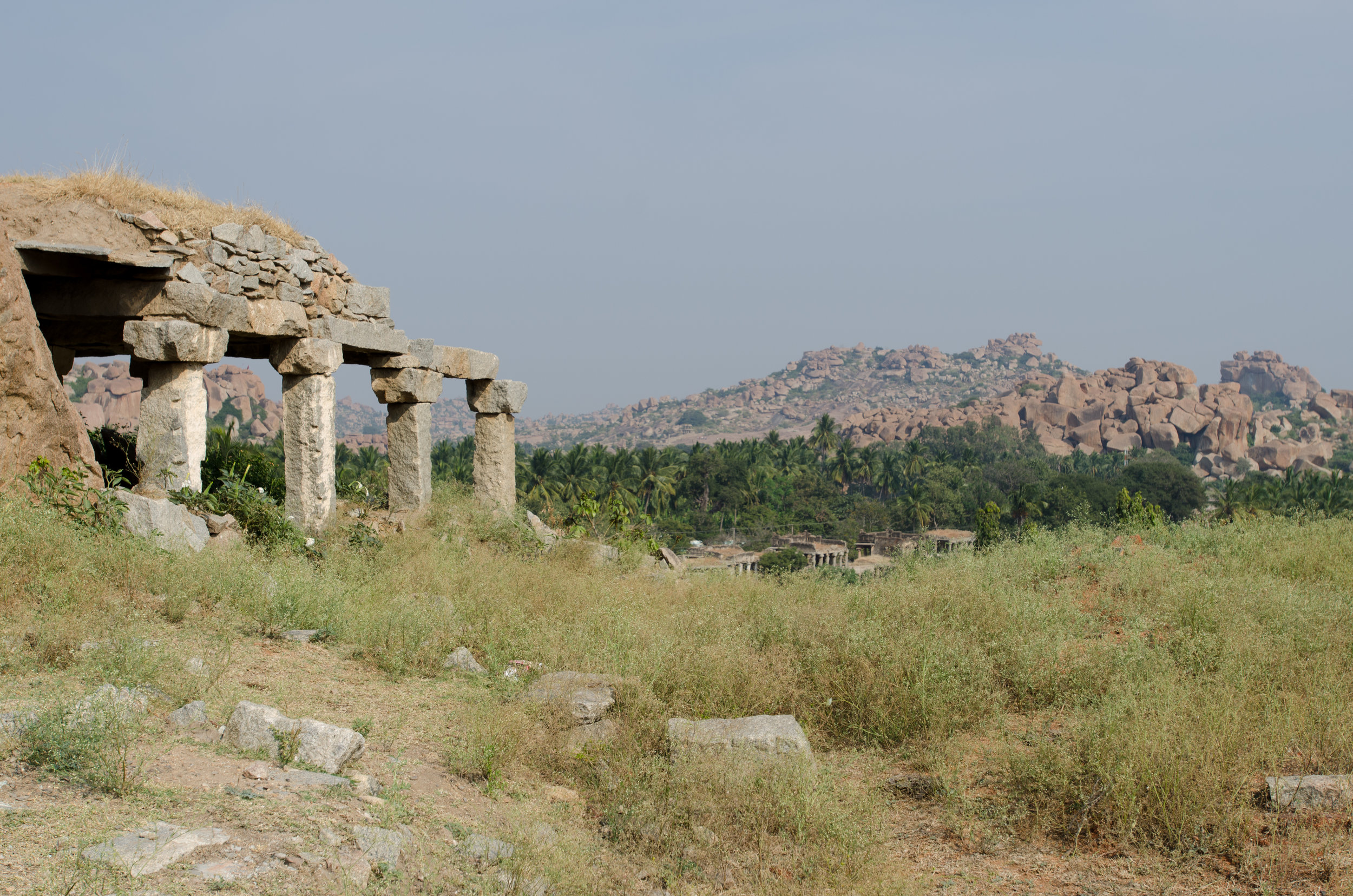
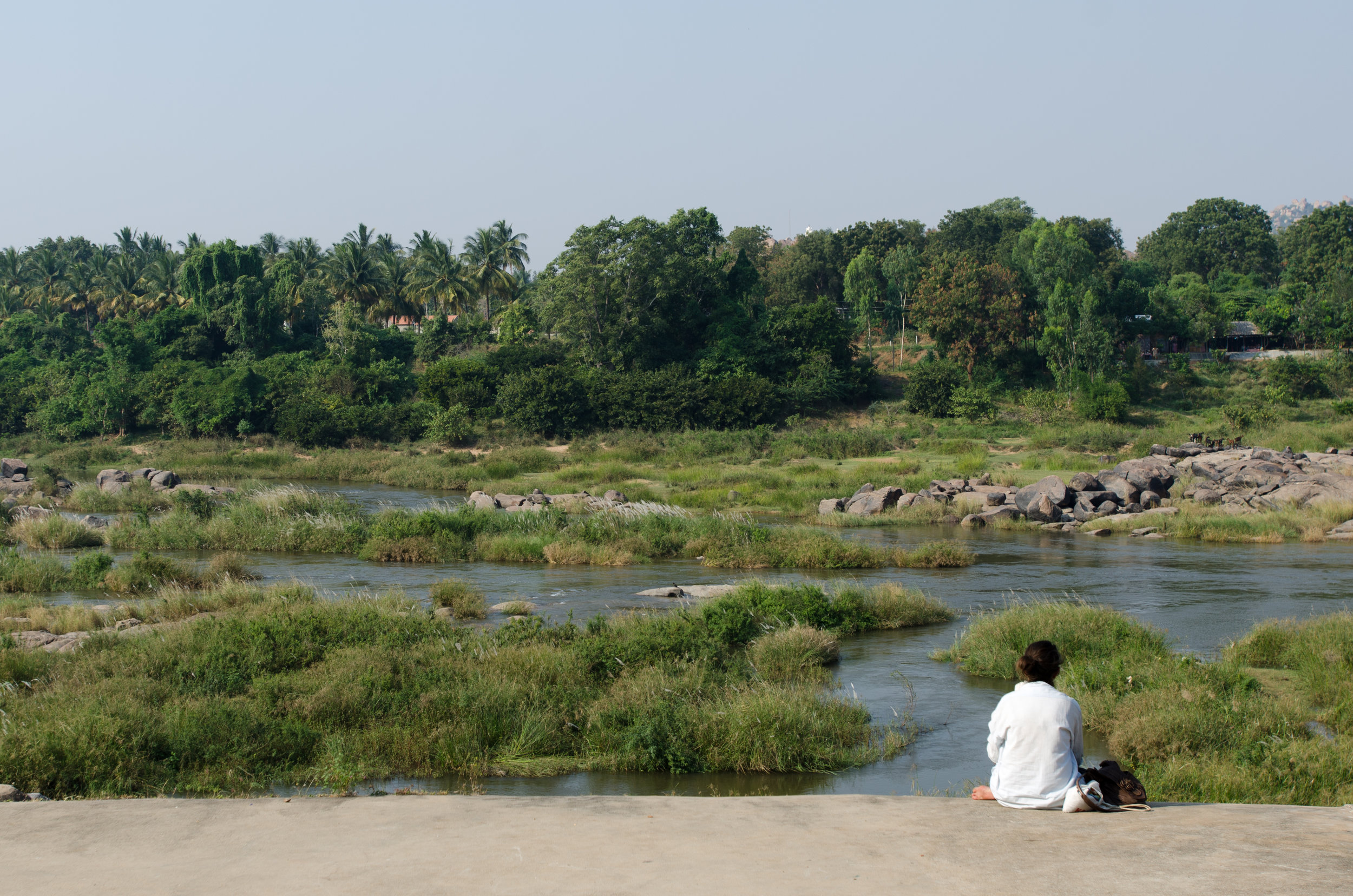
Opposite the Krishna Temple was this wide open space lined with ancient pillars. Unfortunately we had (have) no idea what it was used for. I’m guessing another bazaar of some sort simply because it was reminded me of the bazaar we saw the day before.
I thought this woman looked so calm reading on what is actually a rooftop that was even with the road, but sat above the river below.

